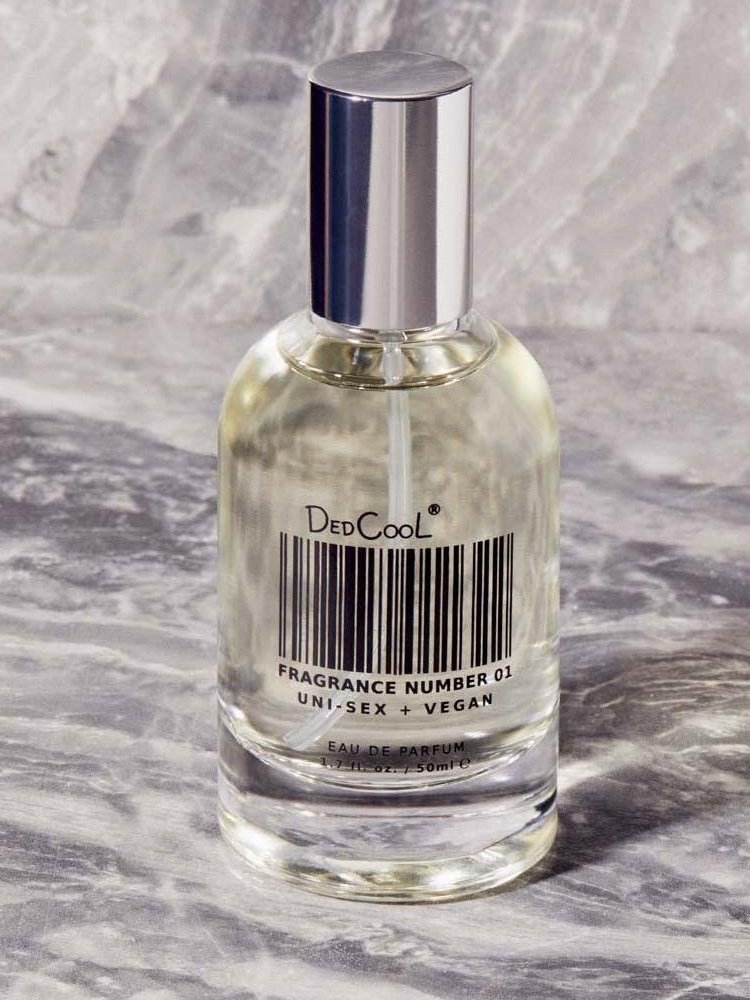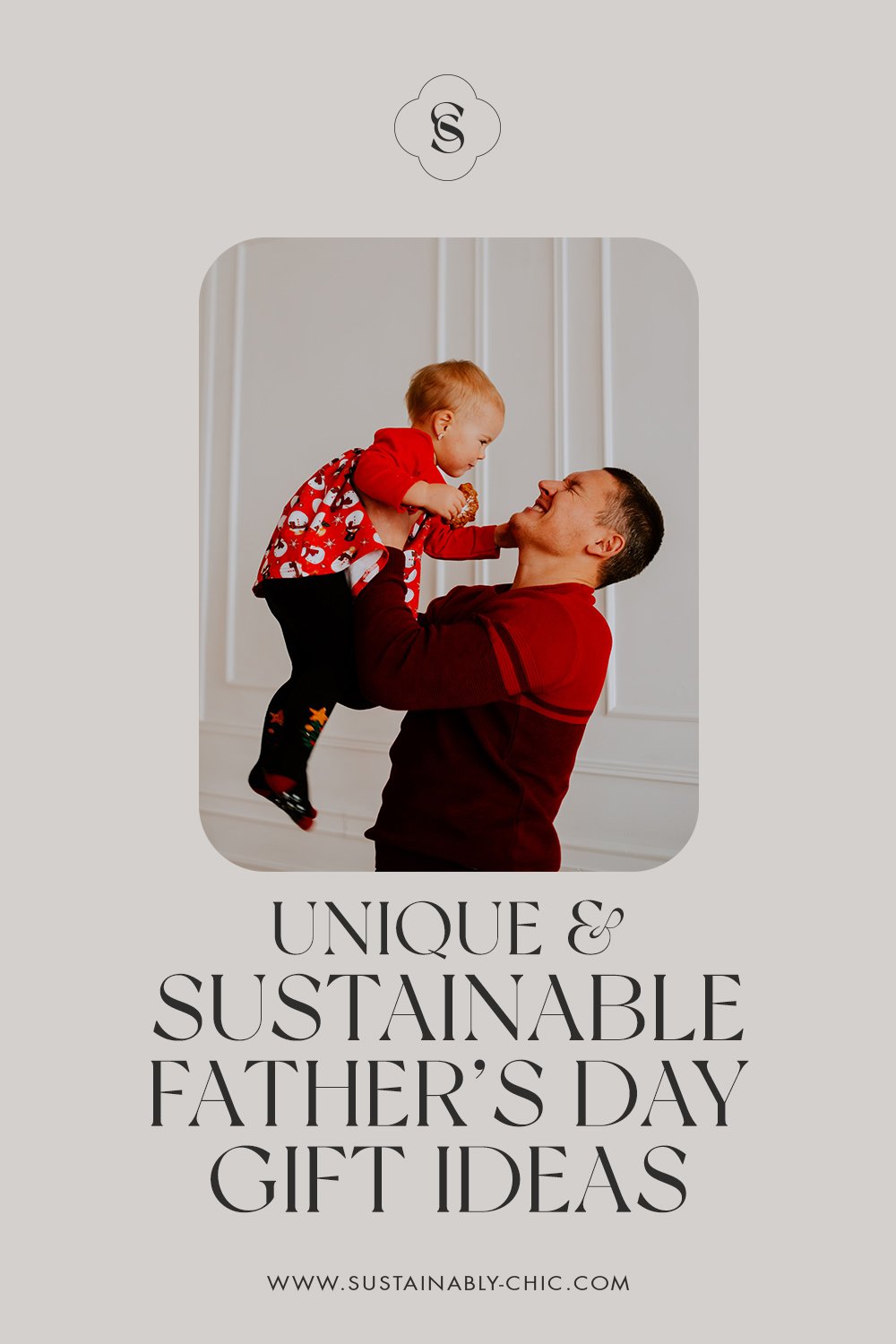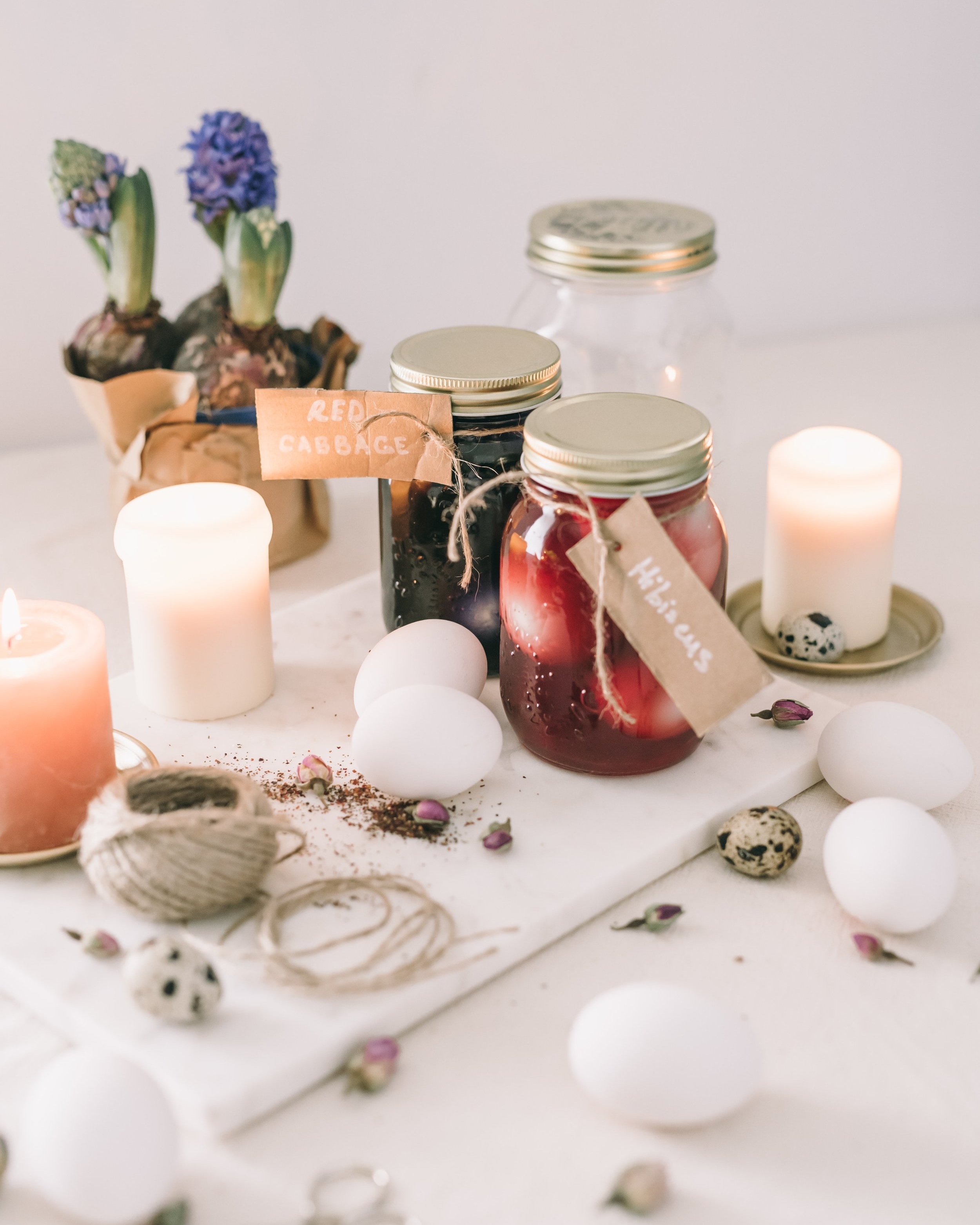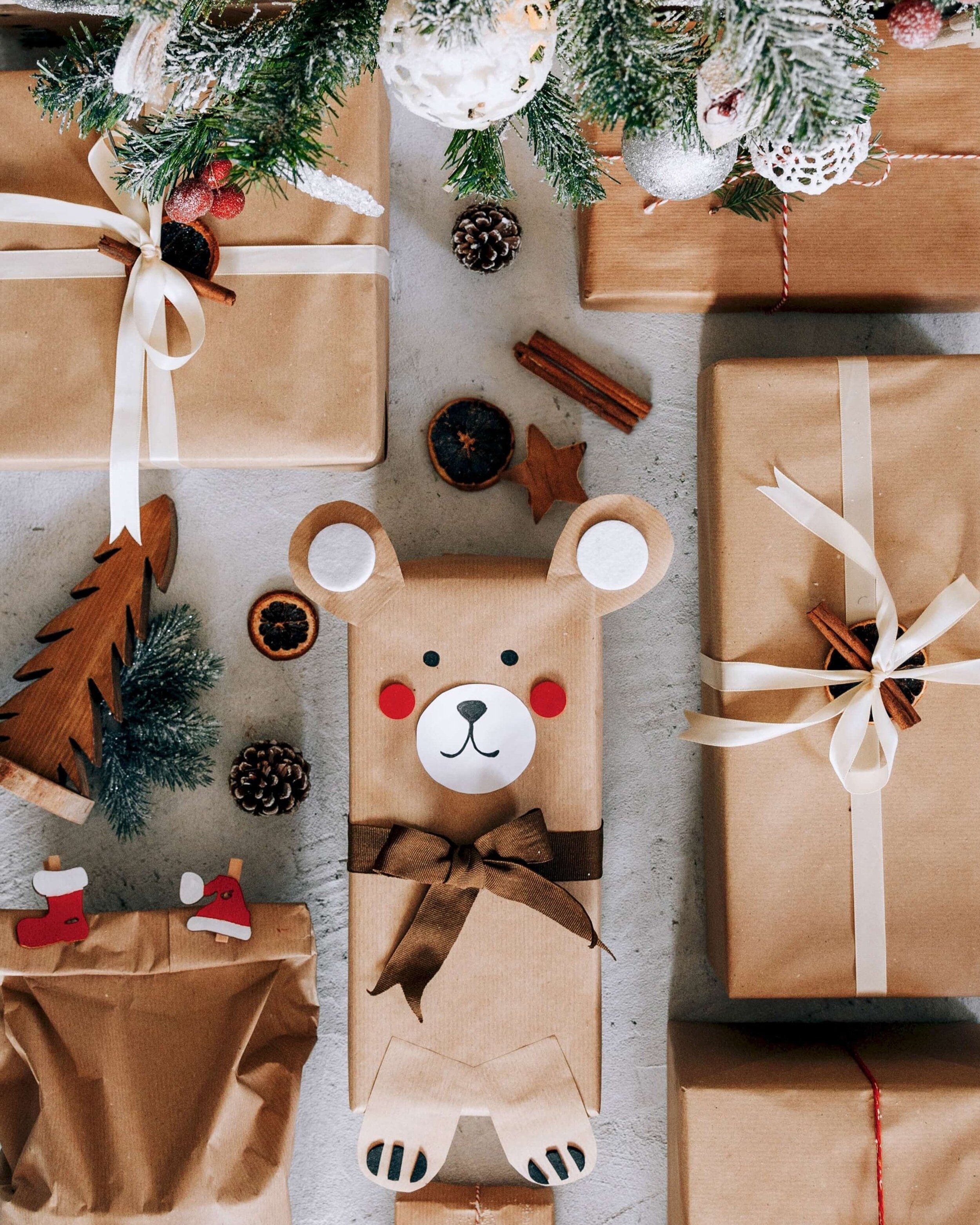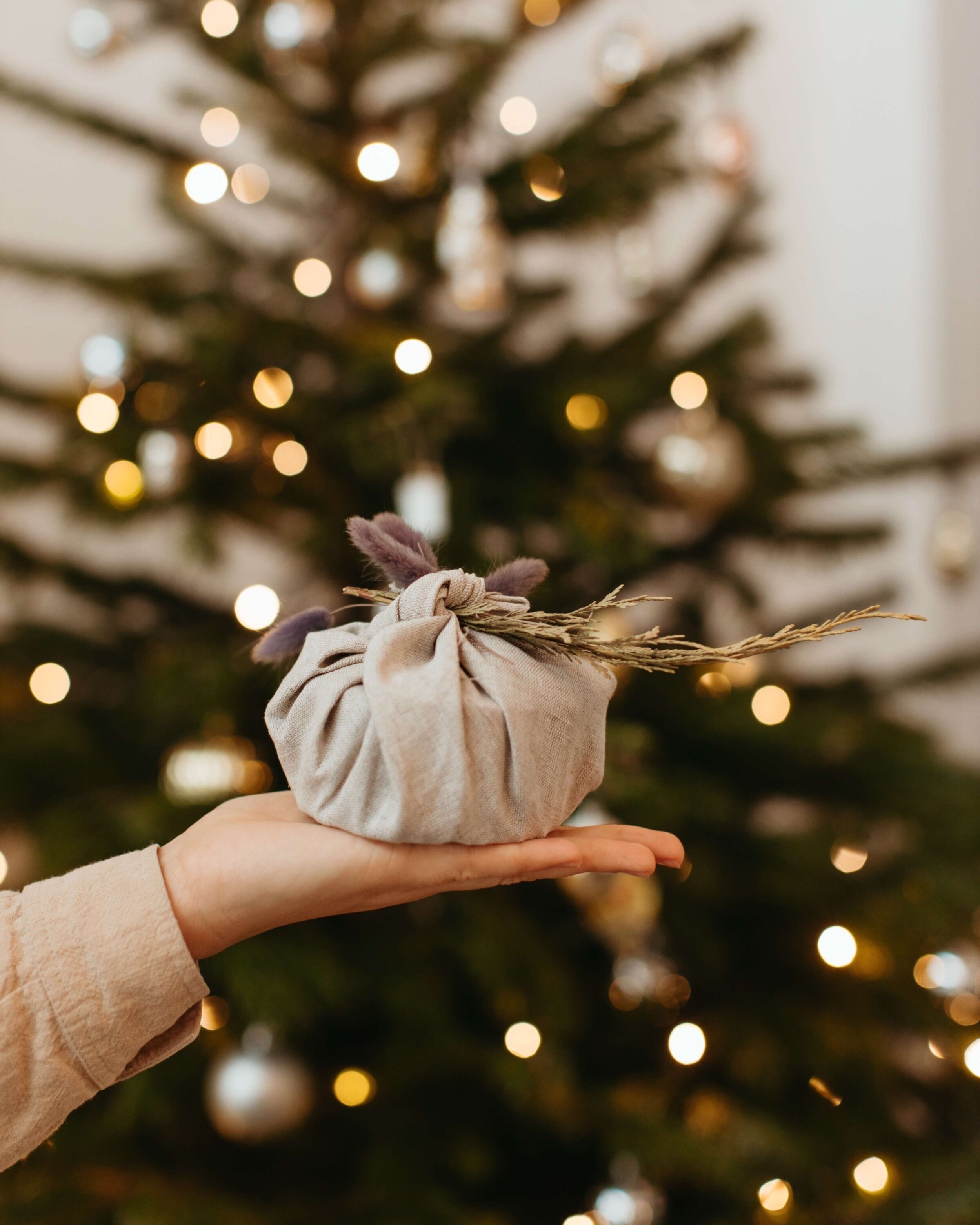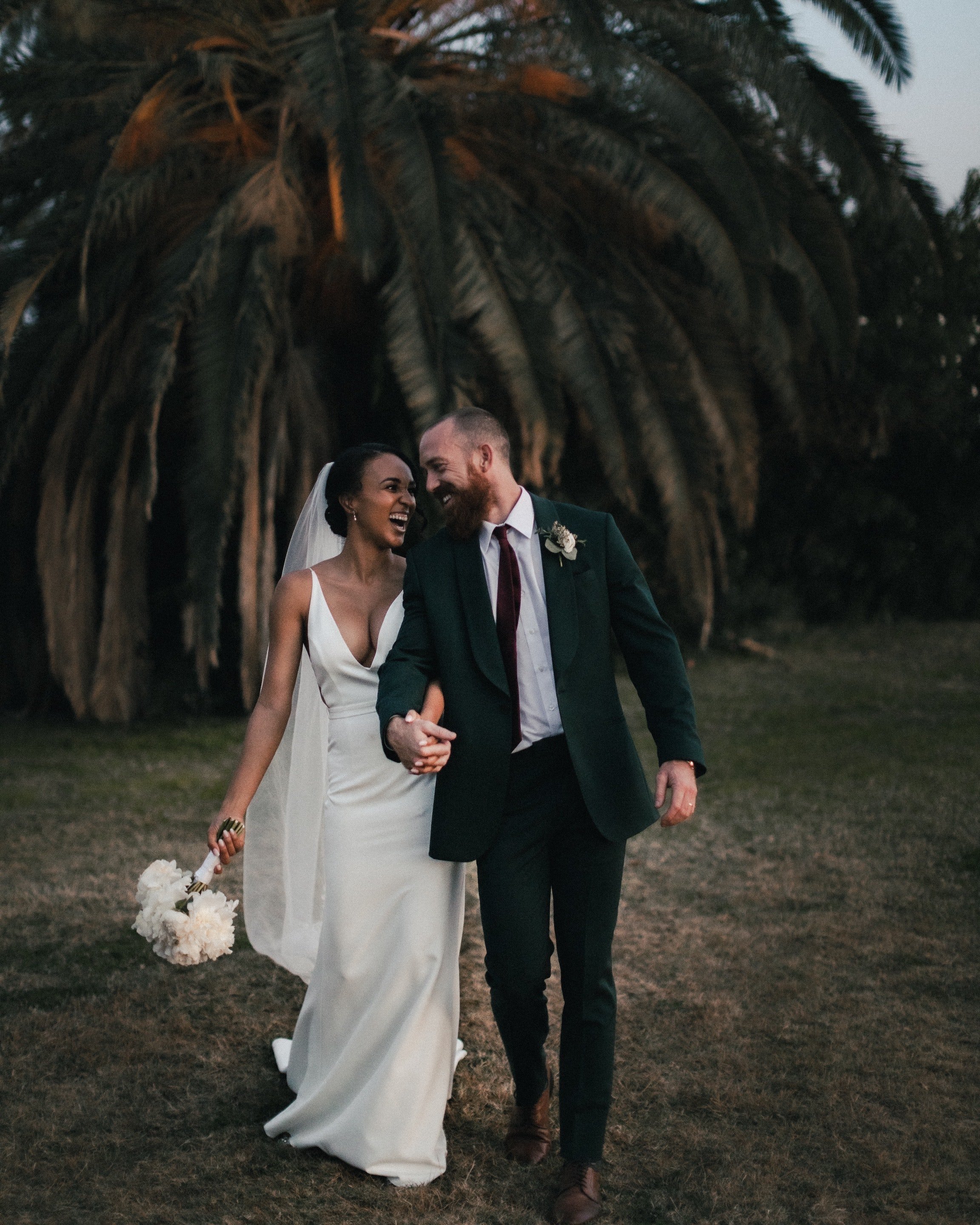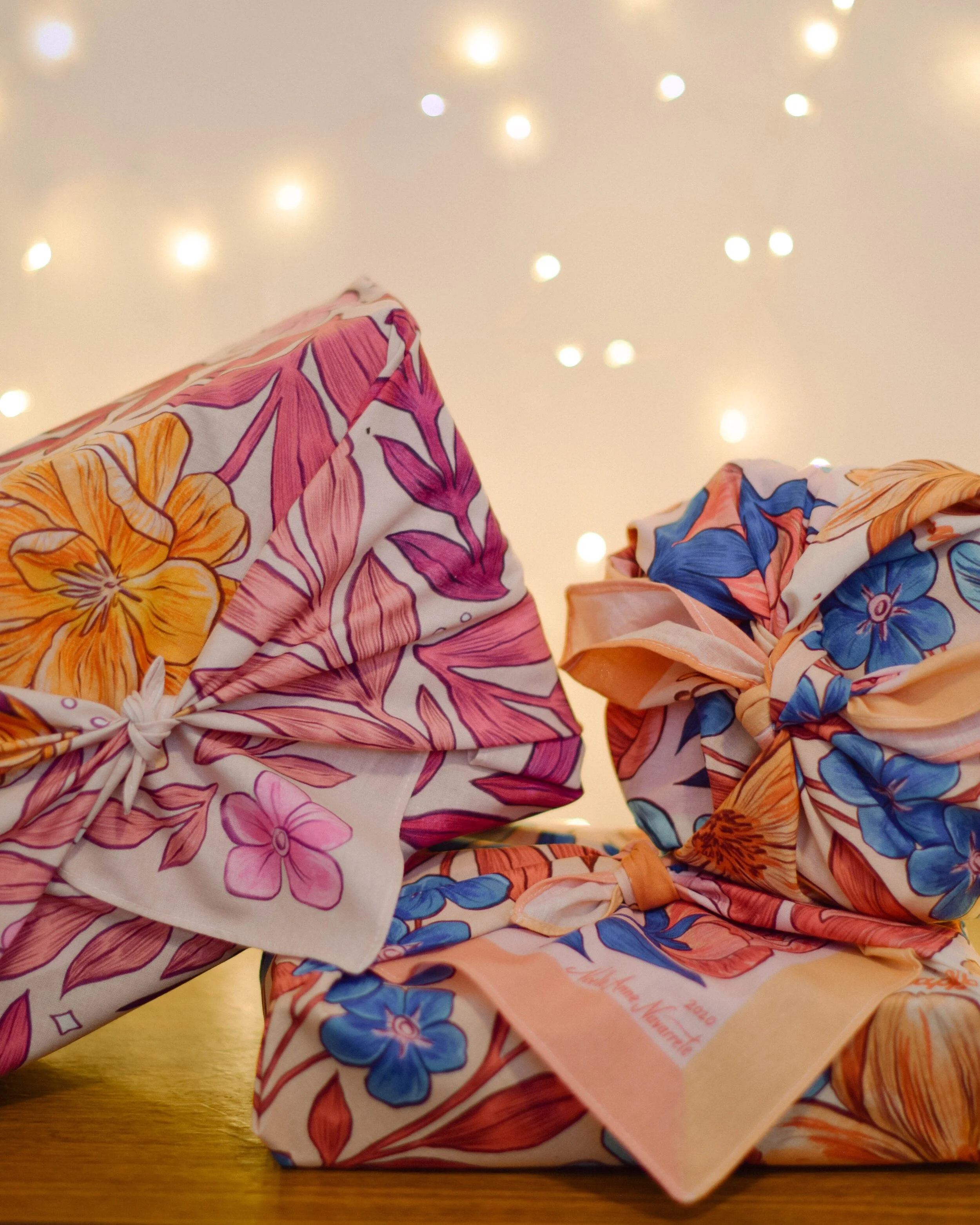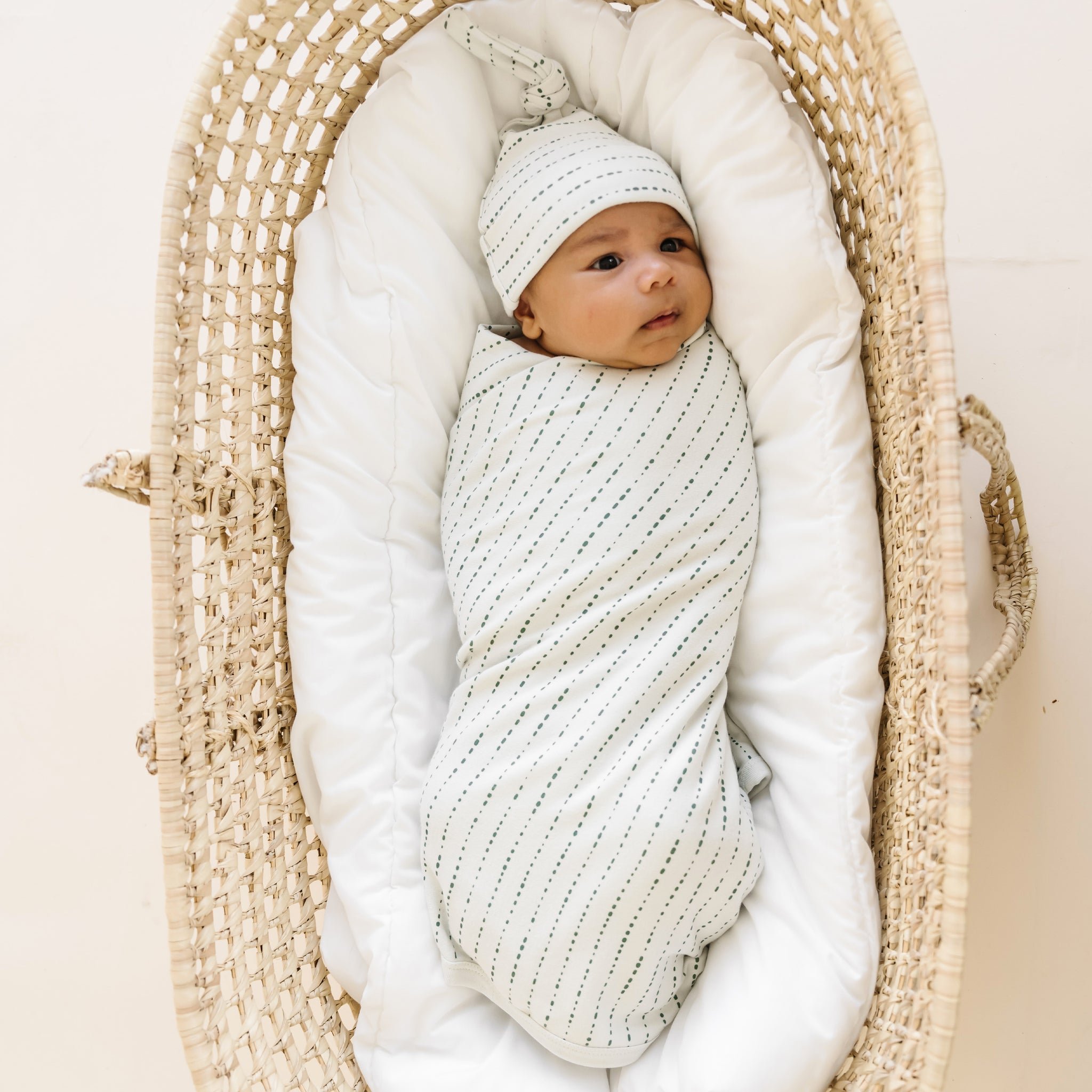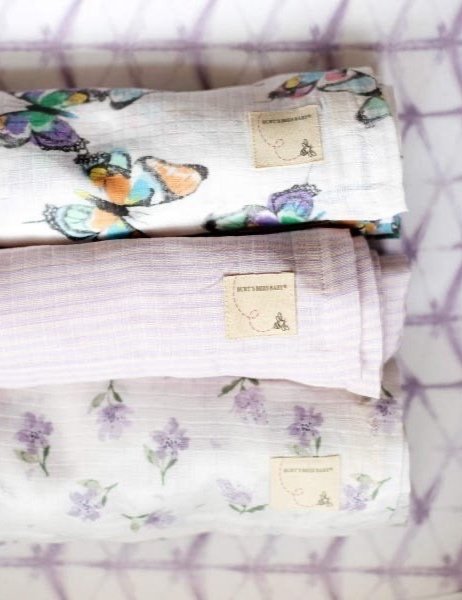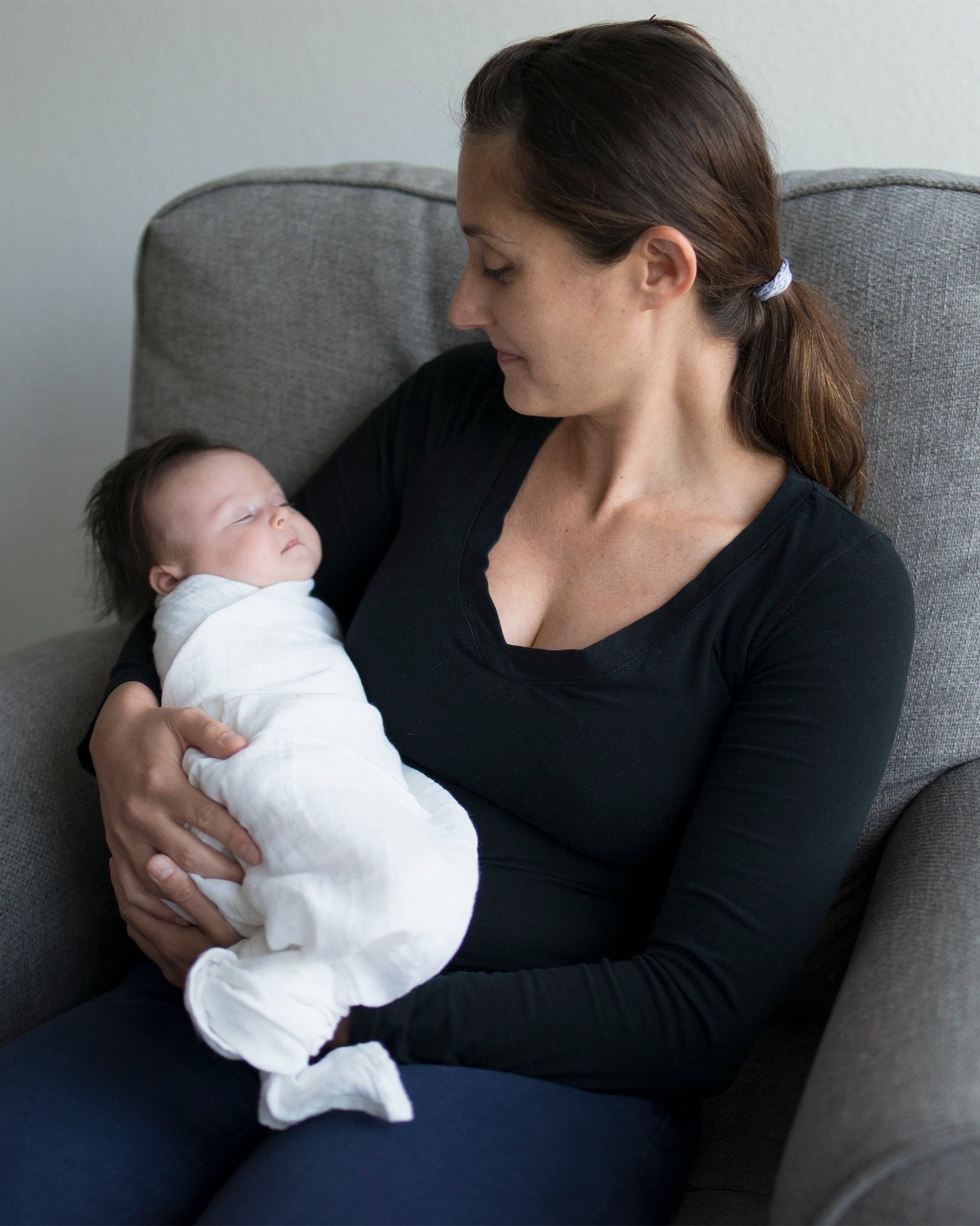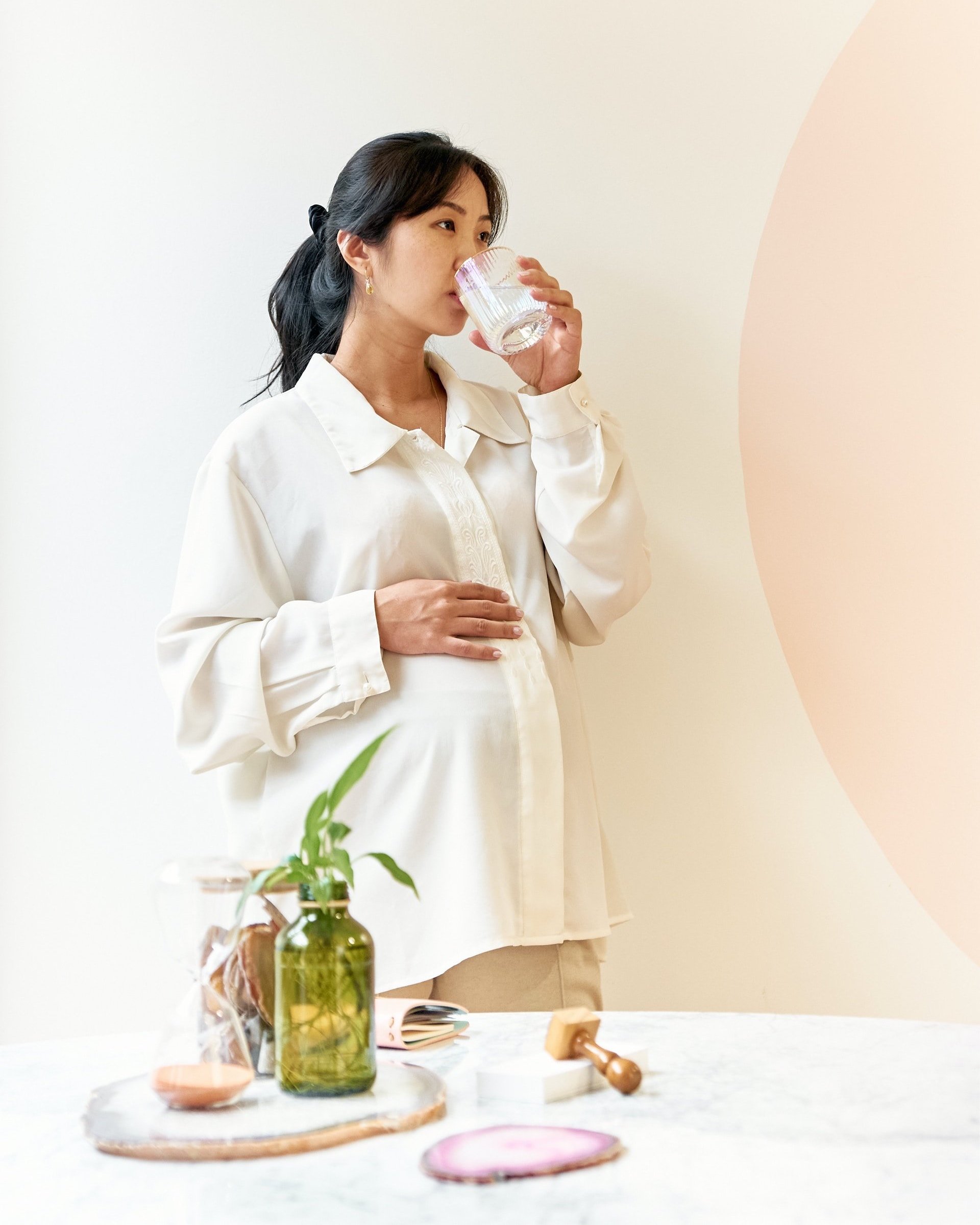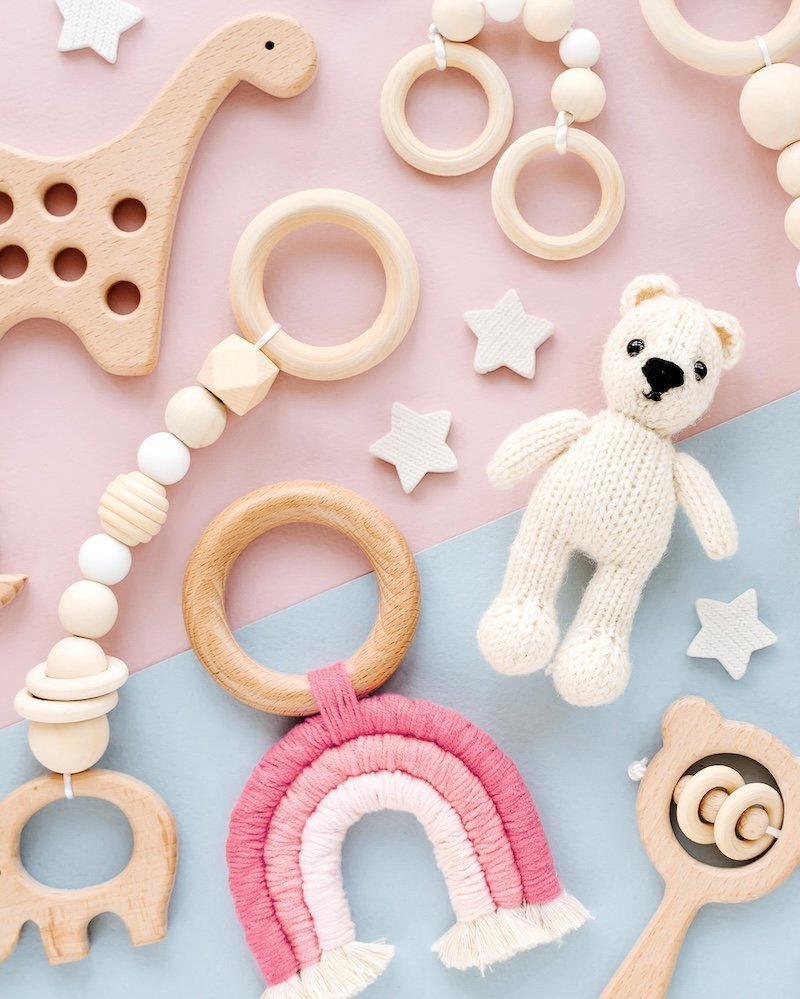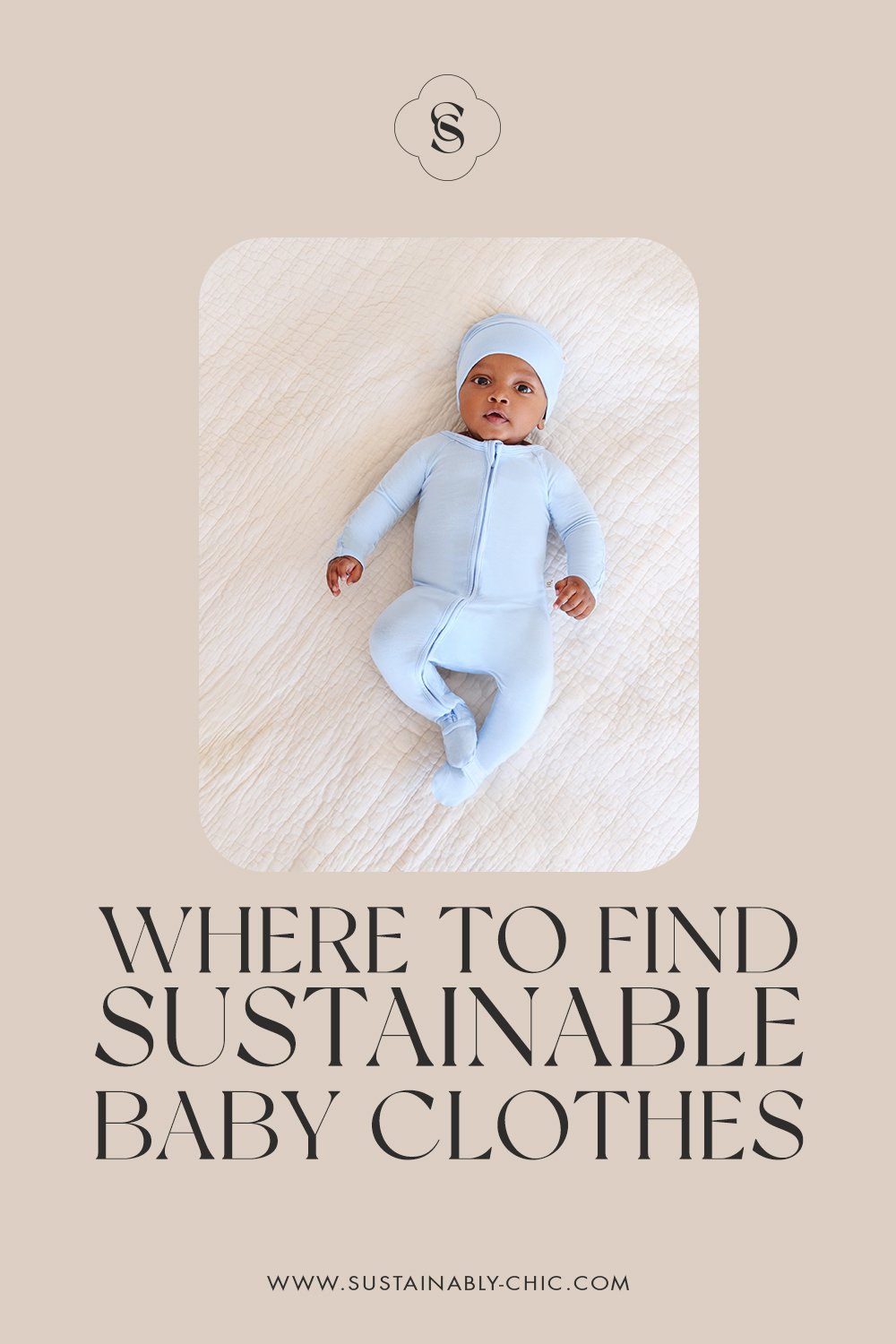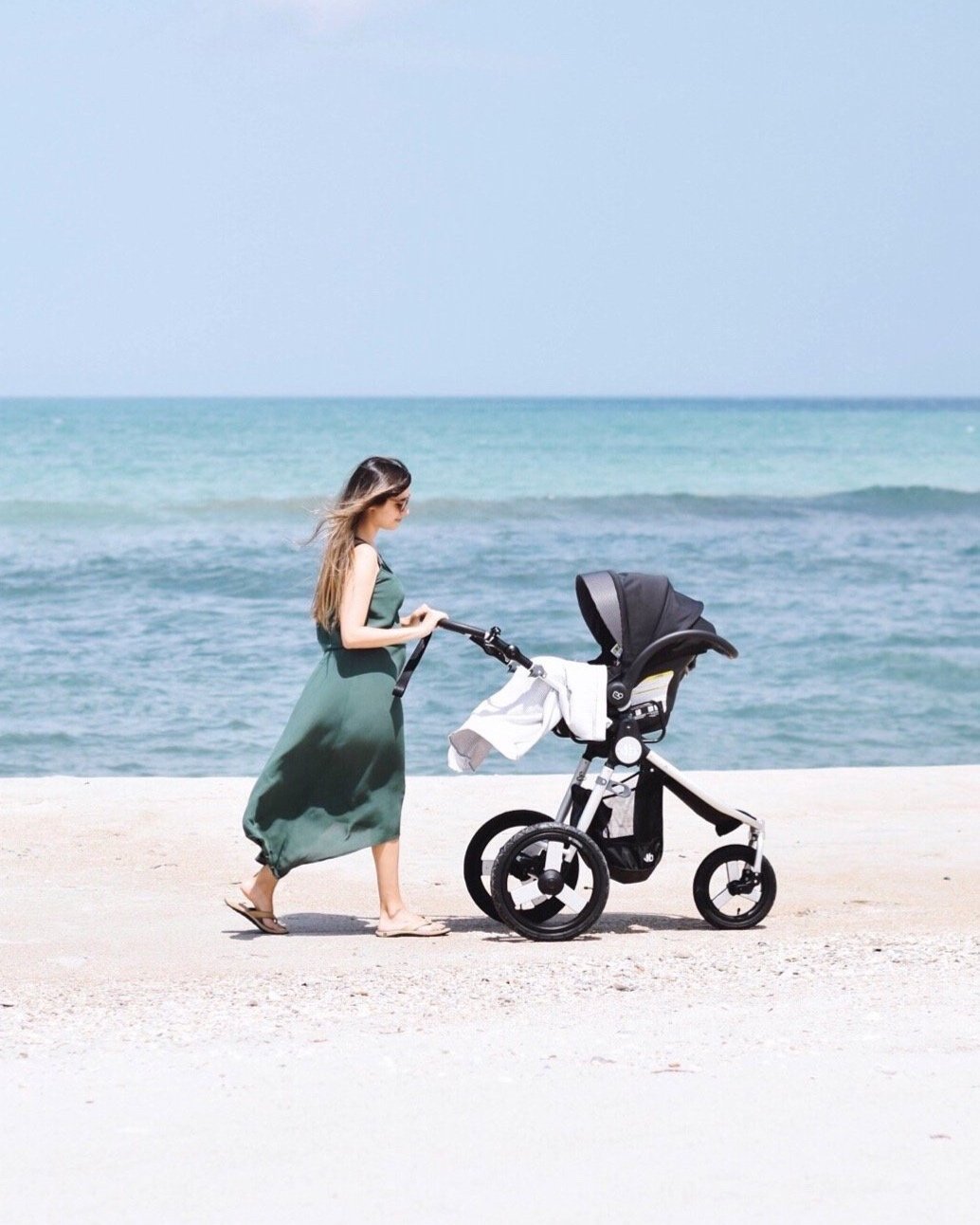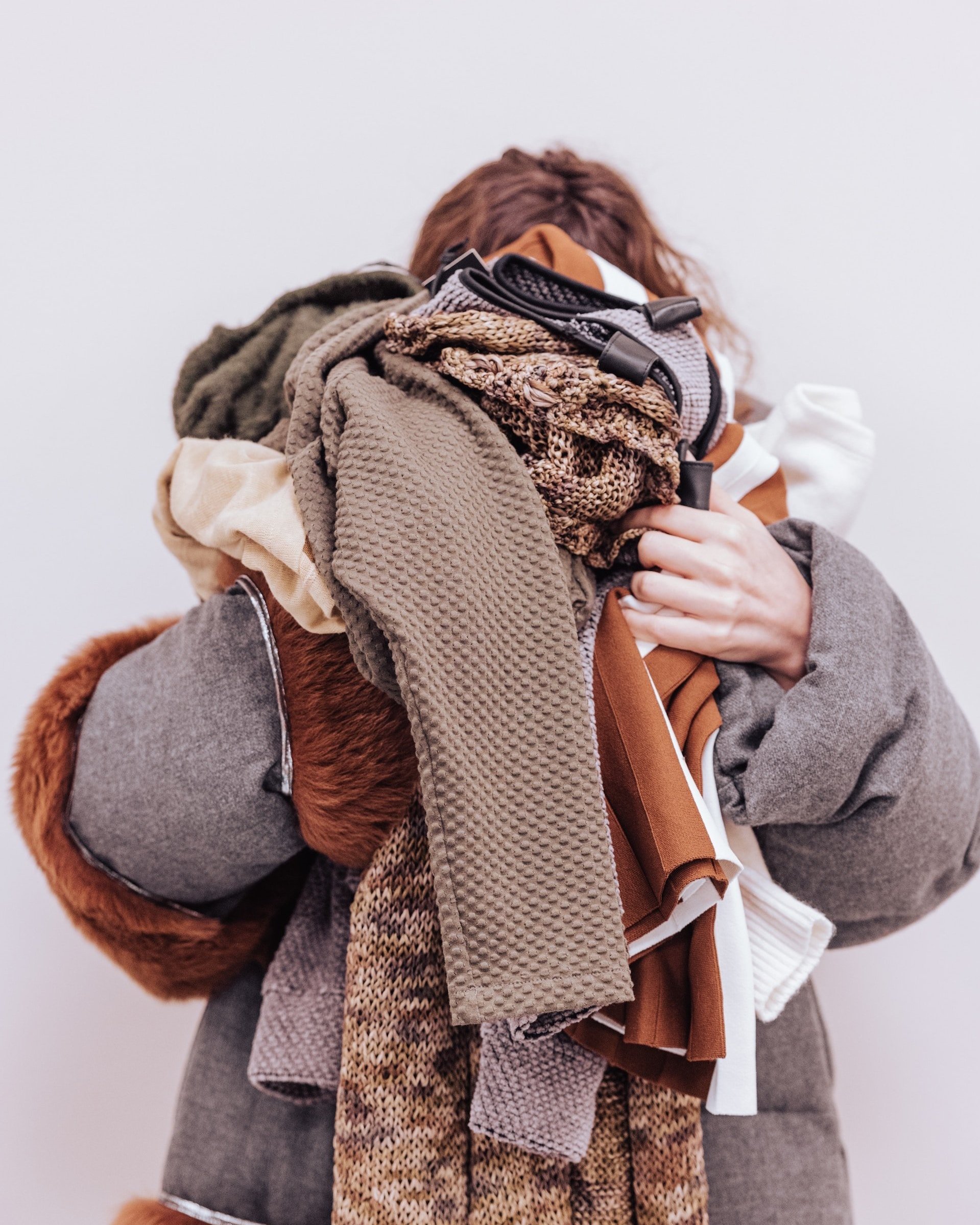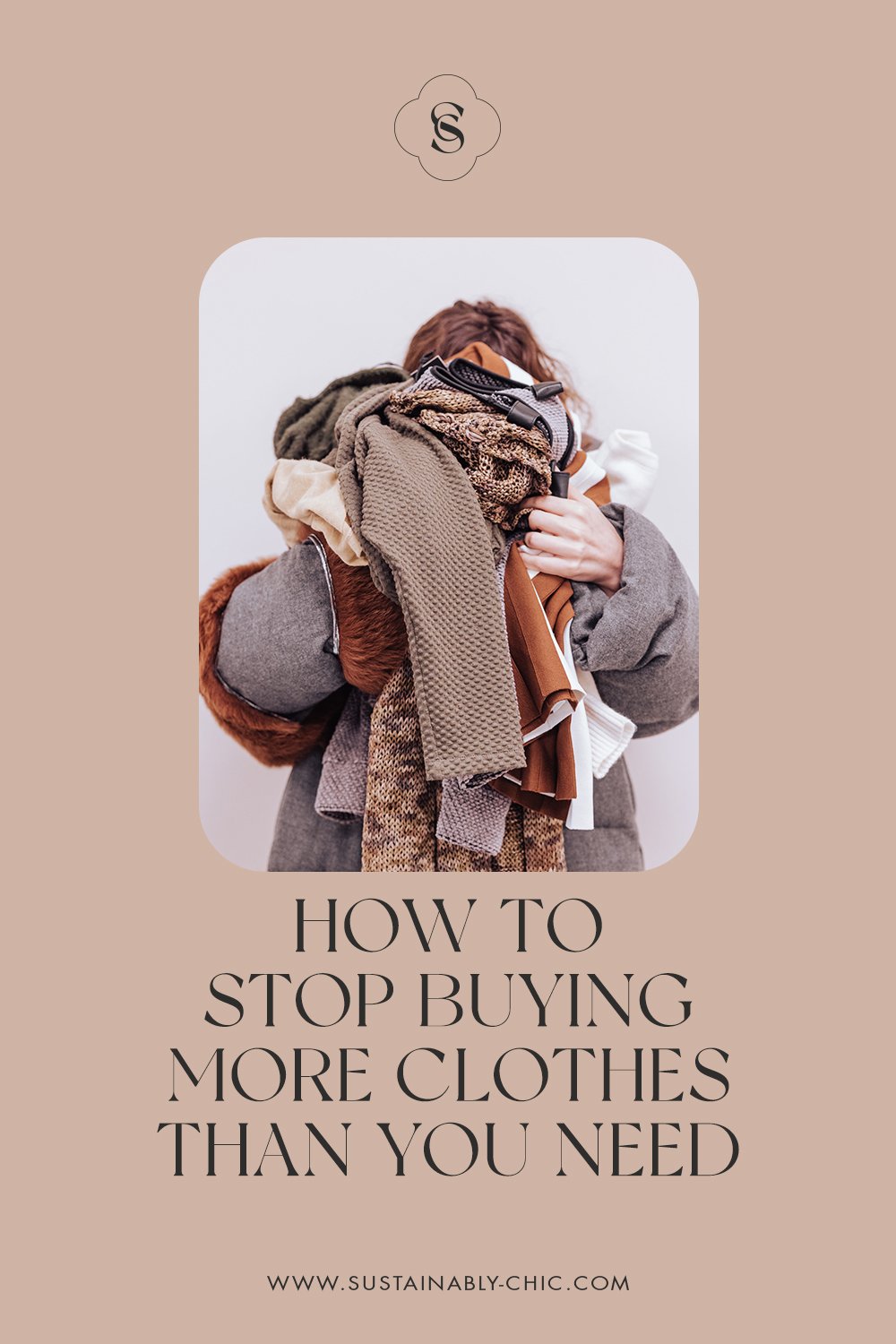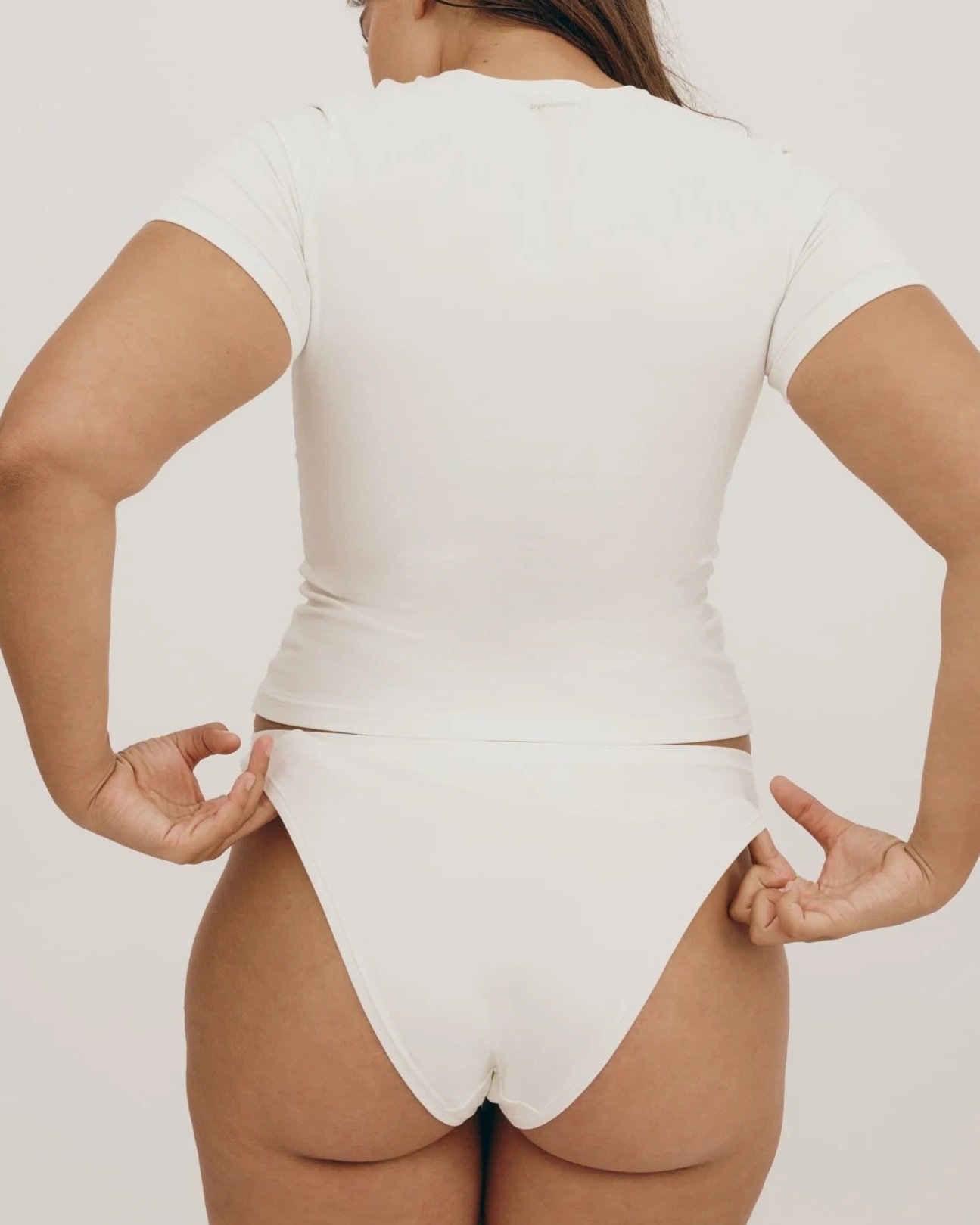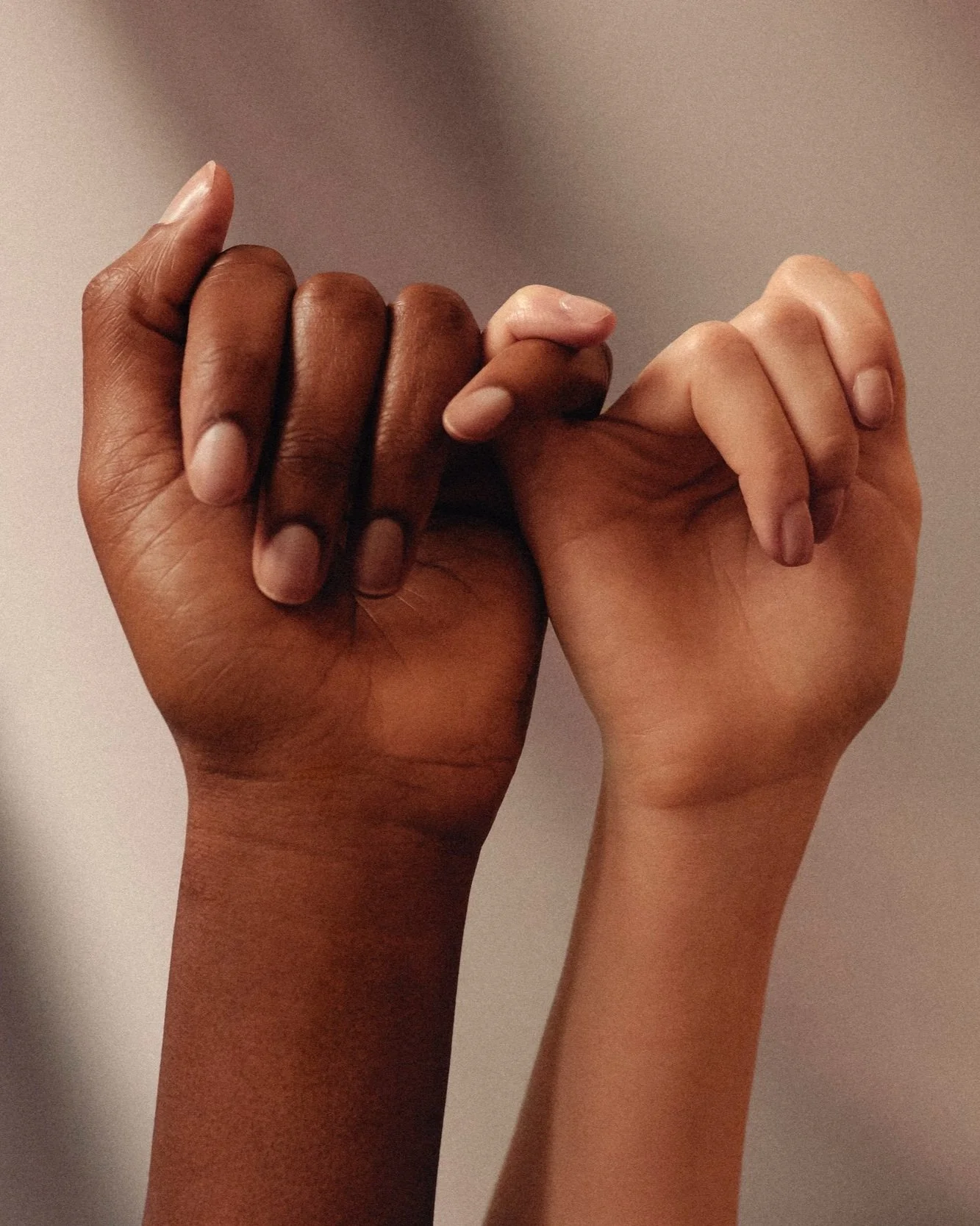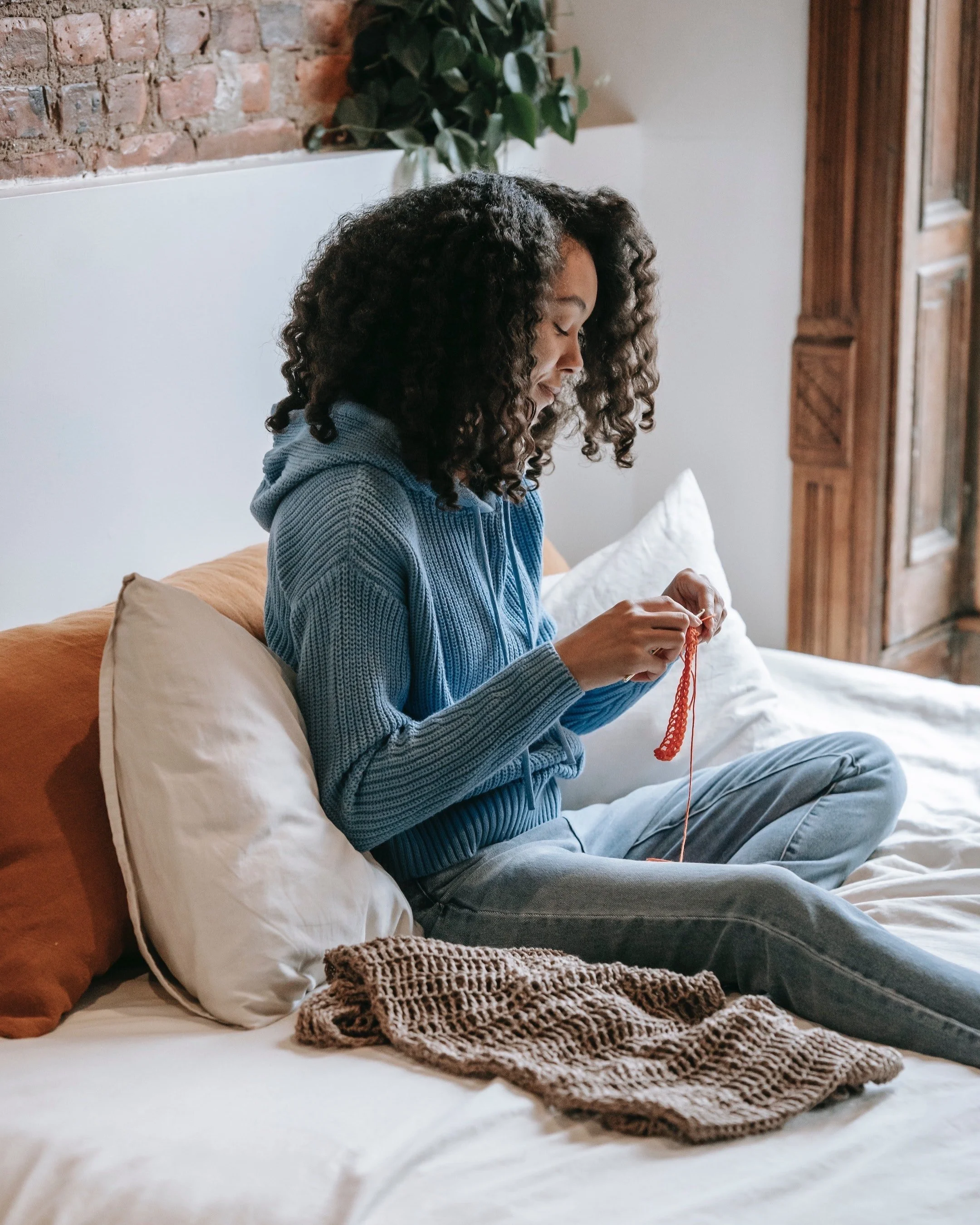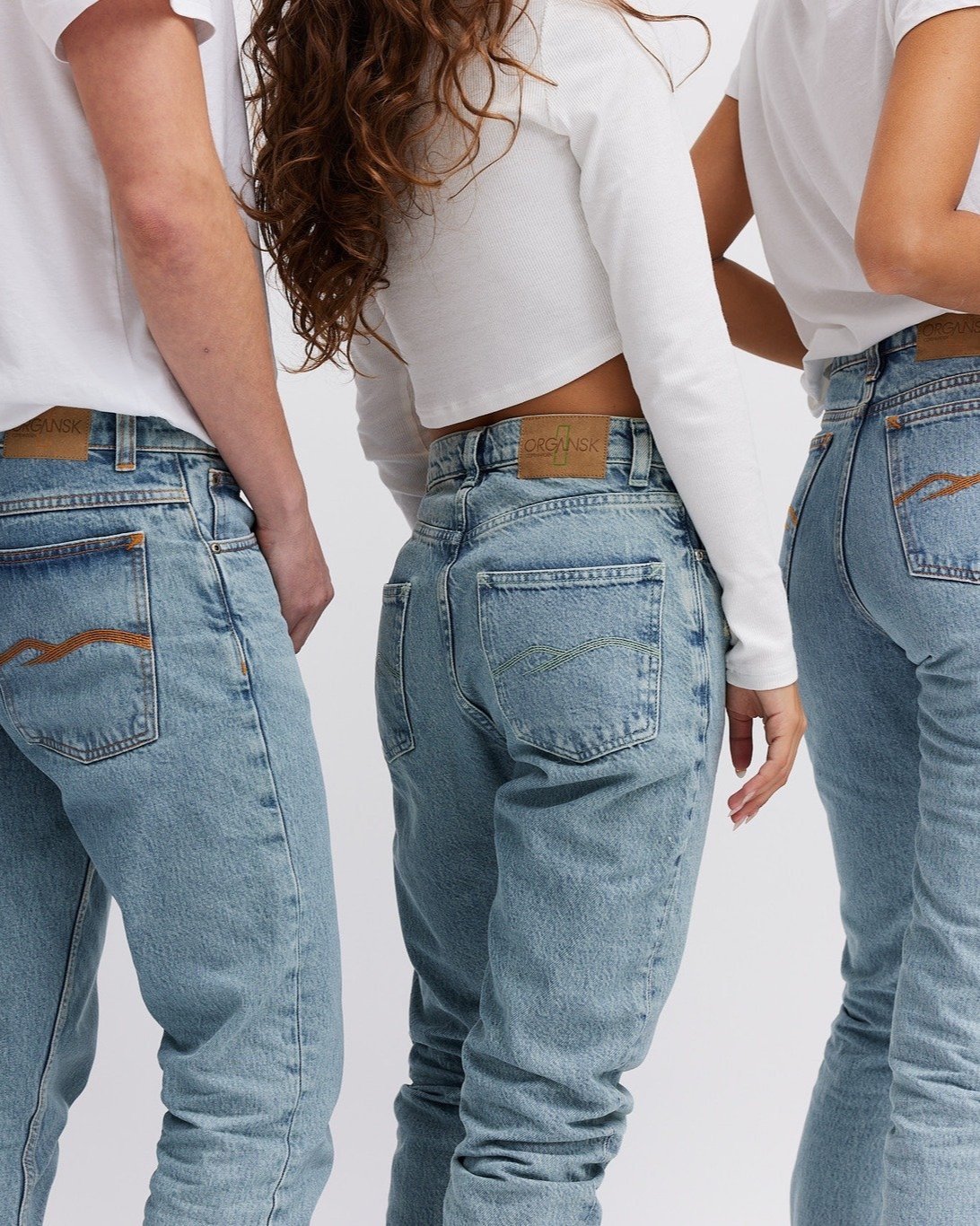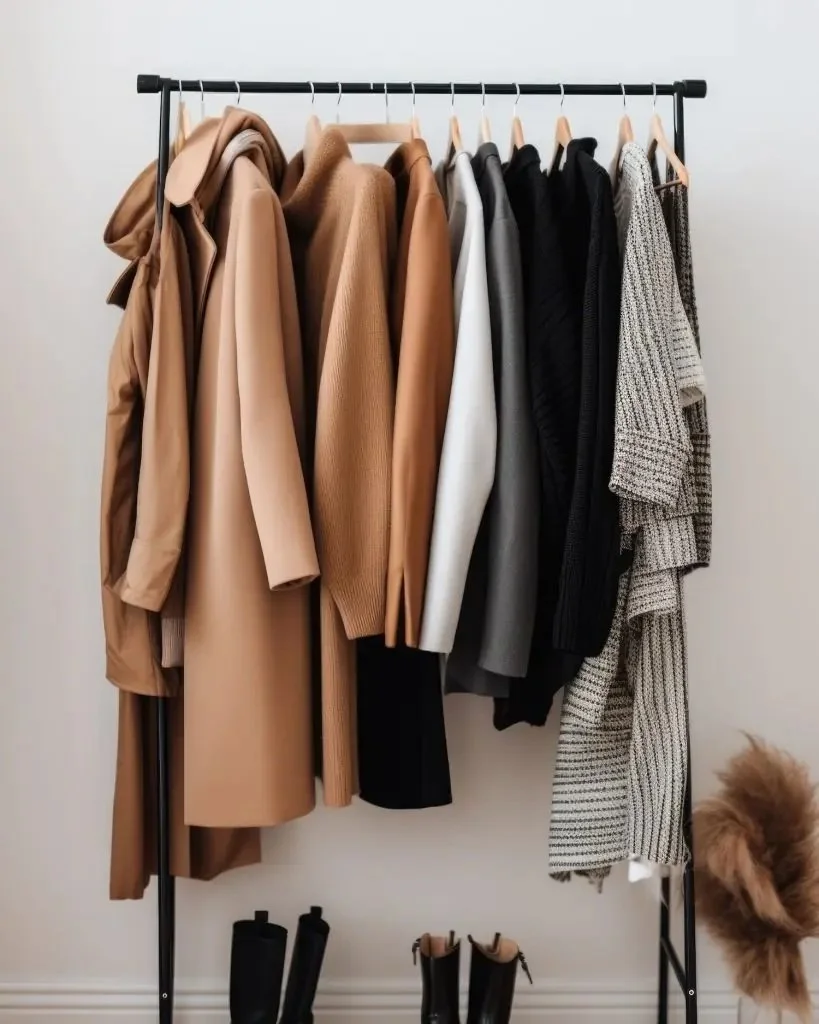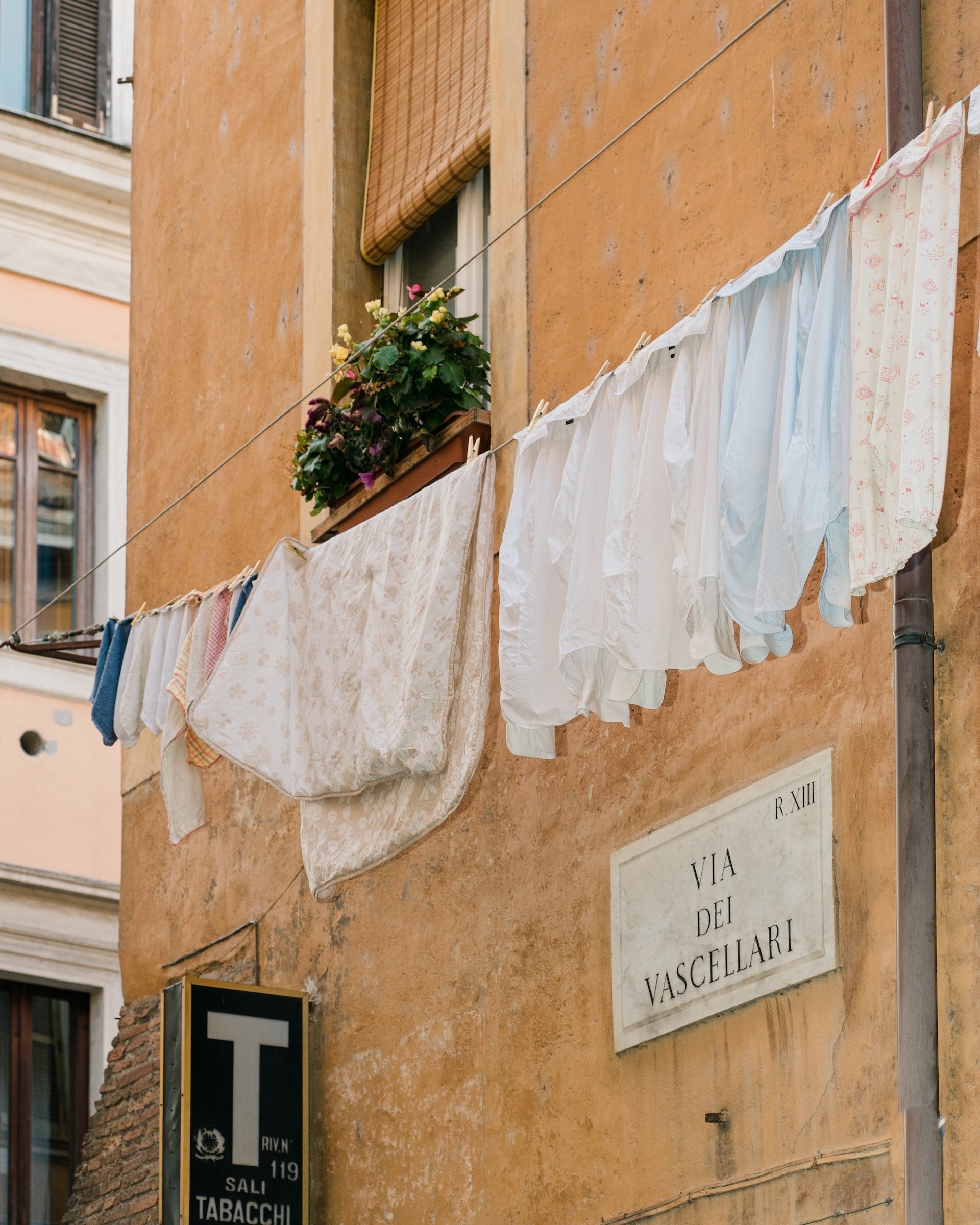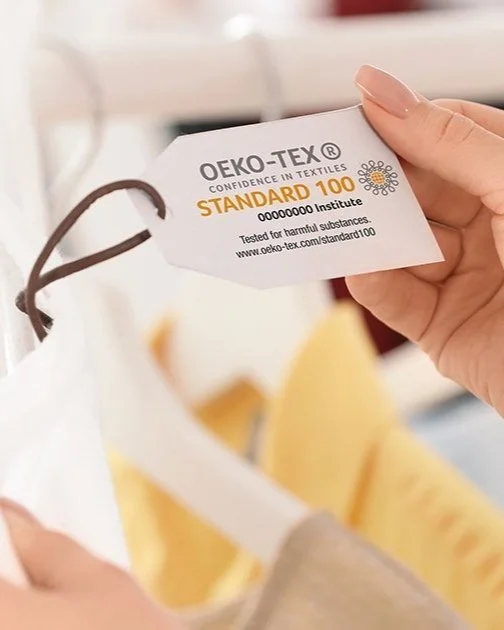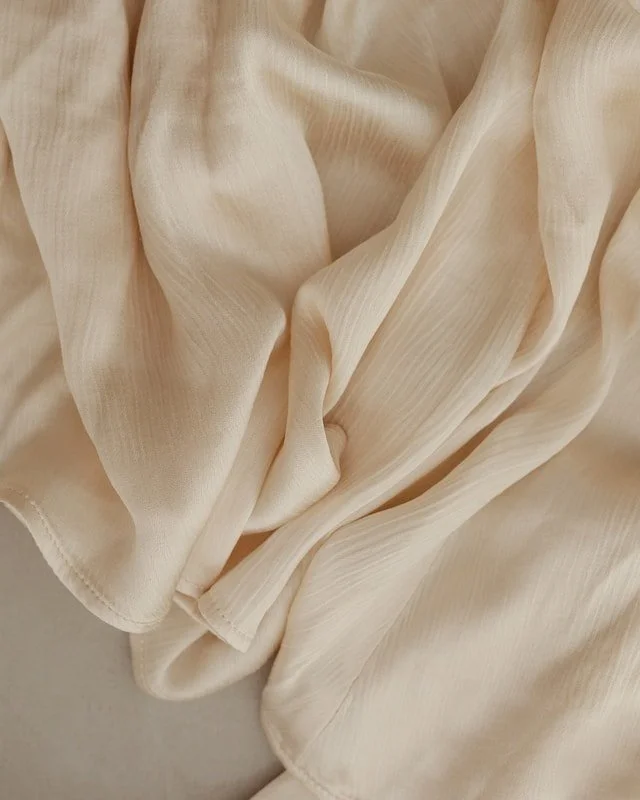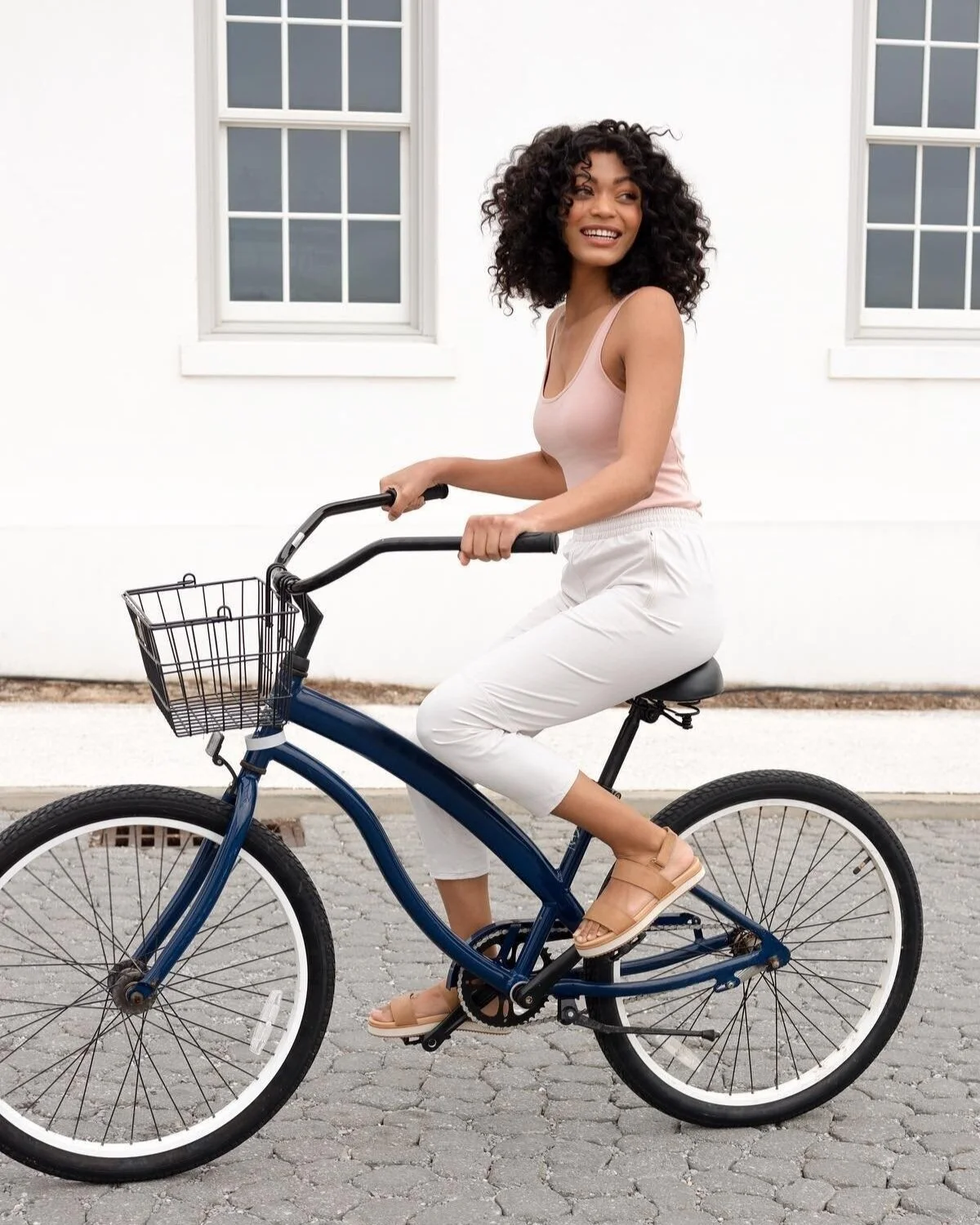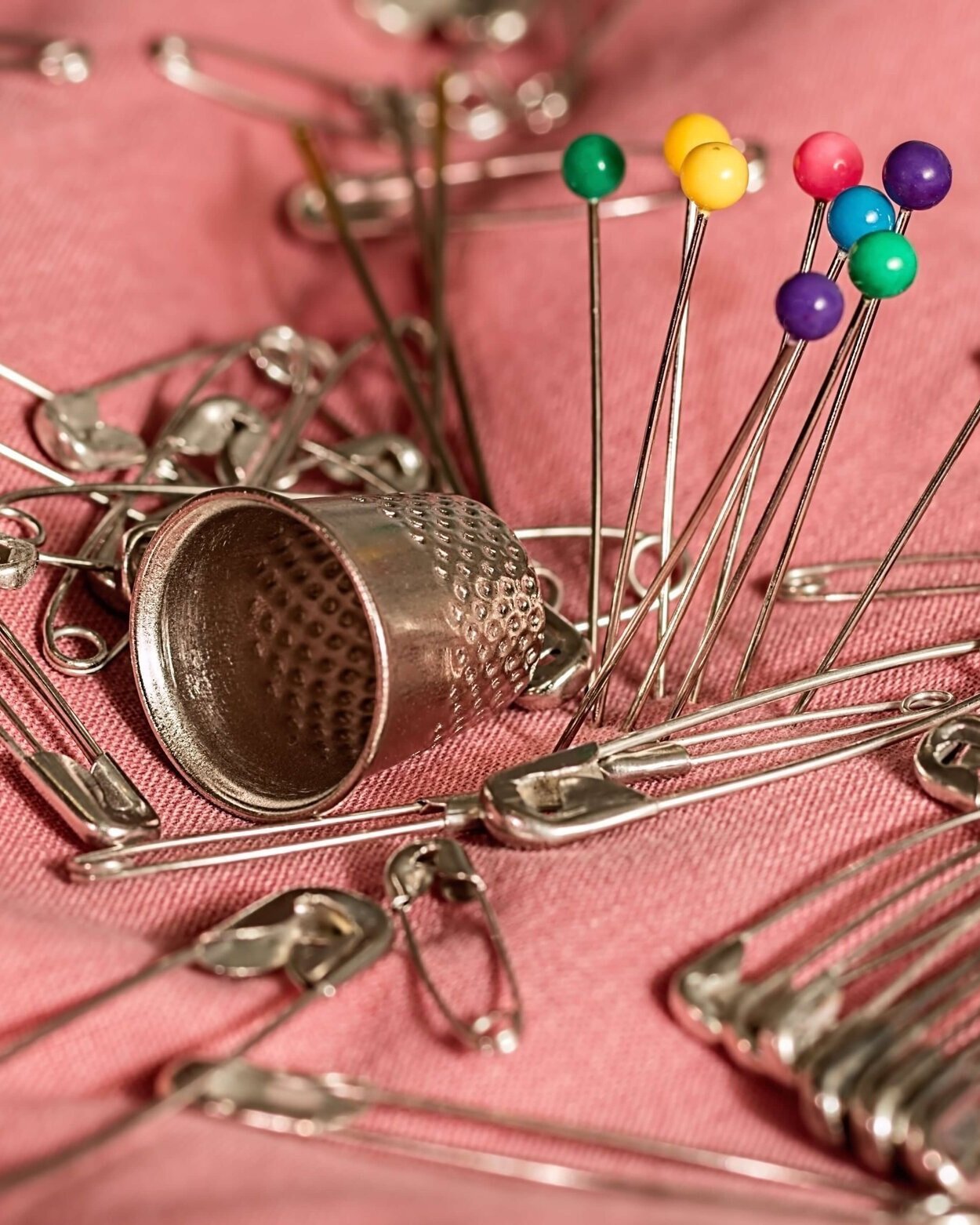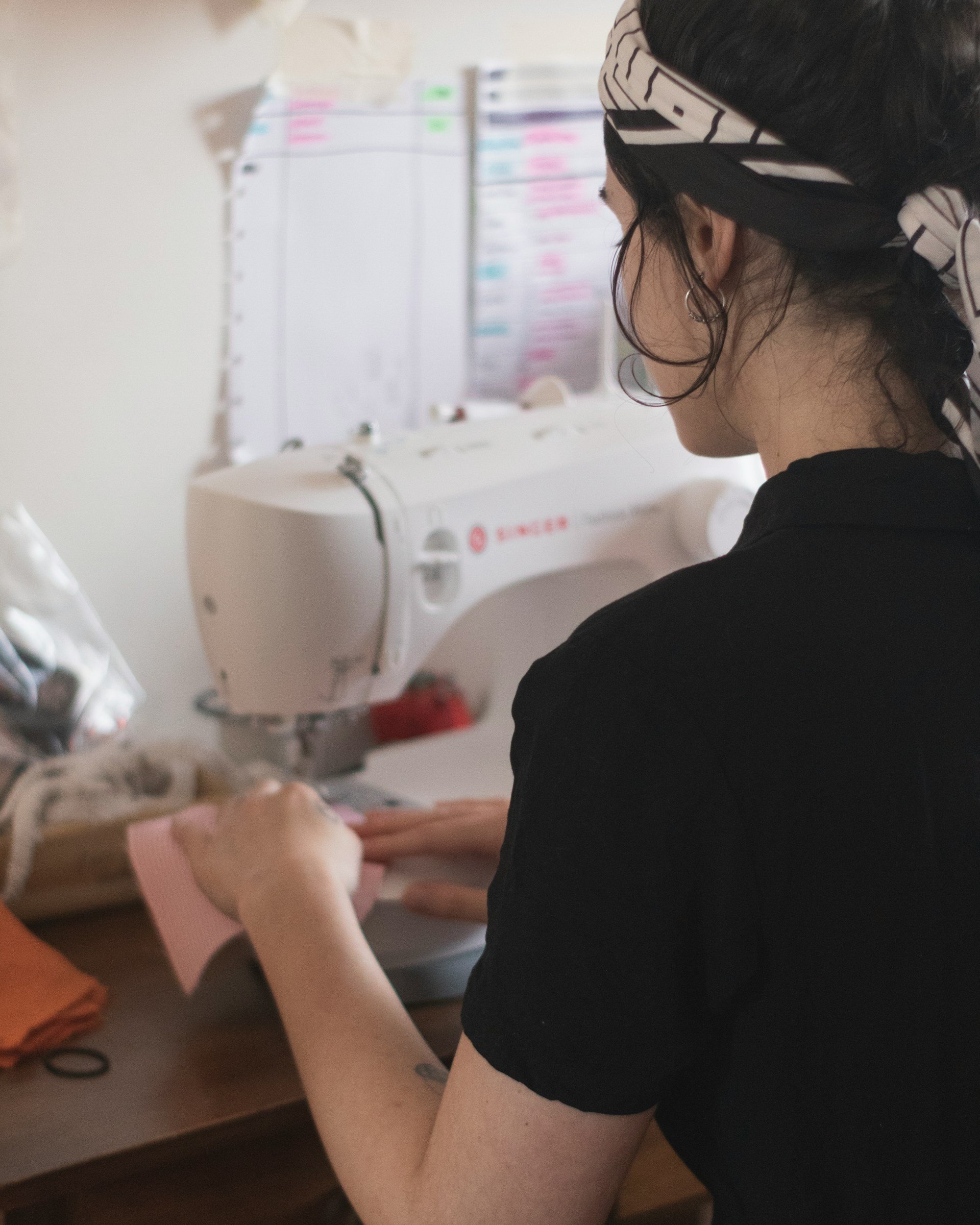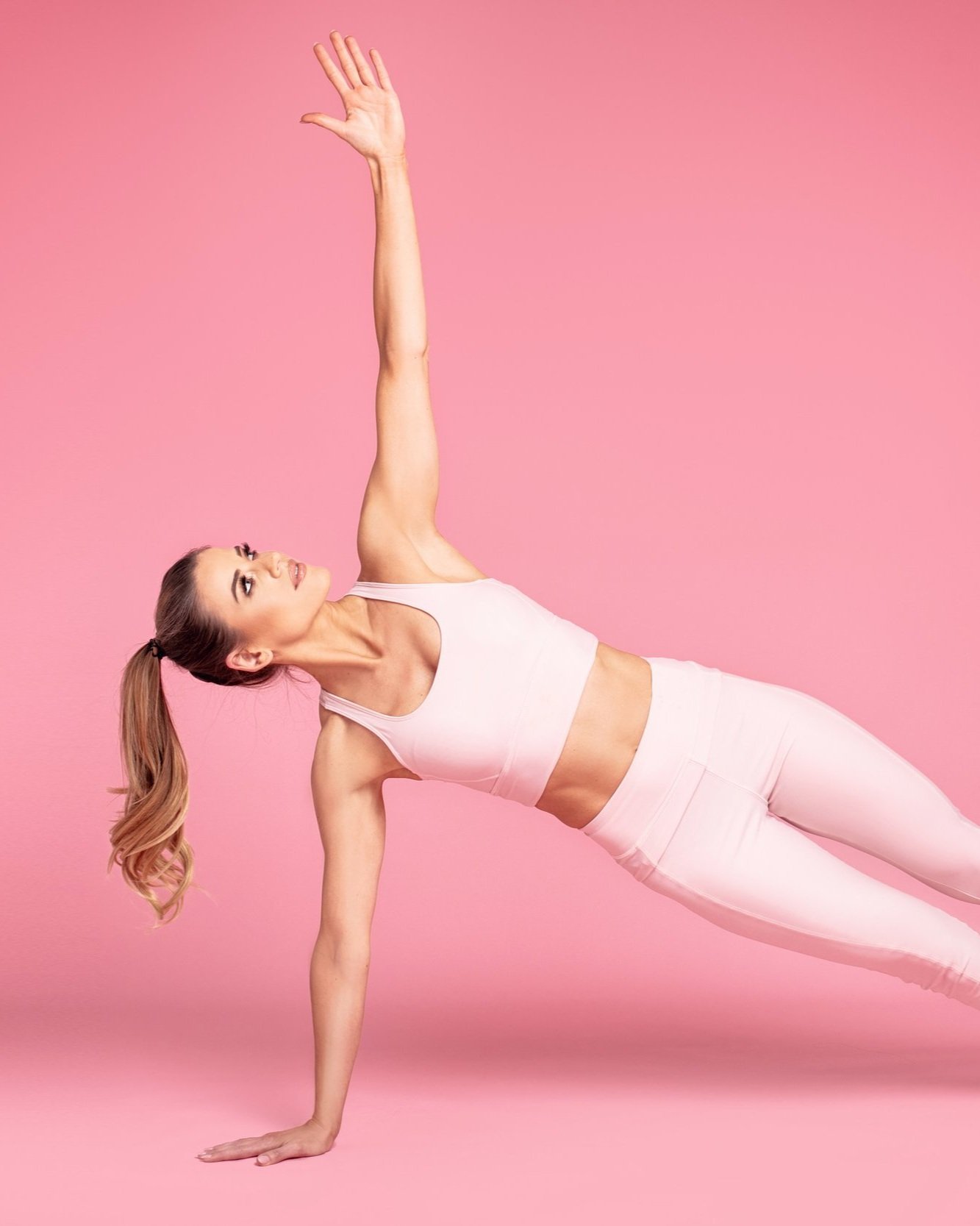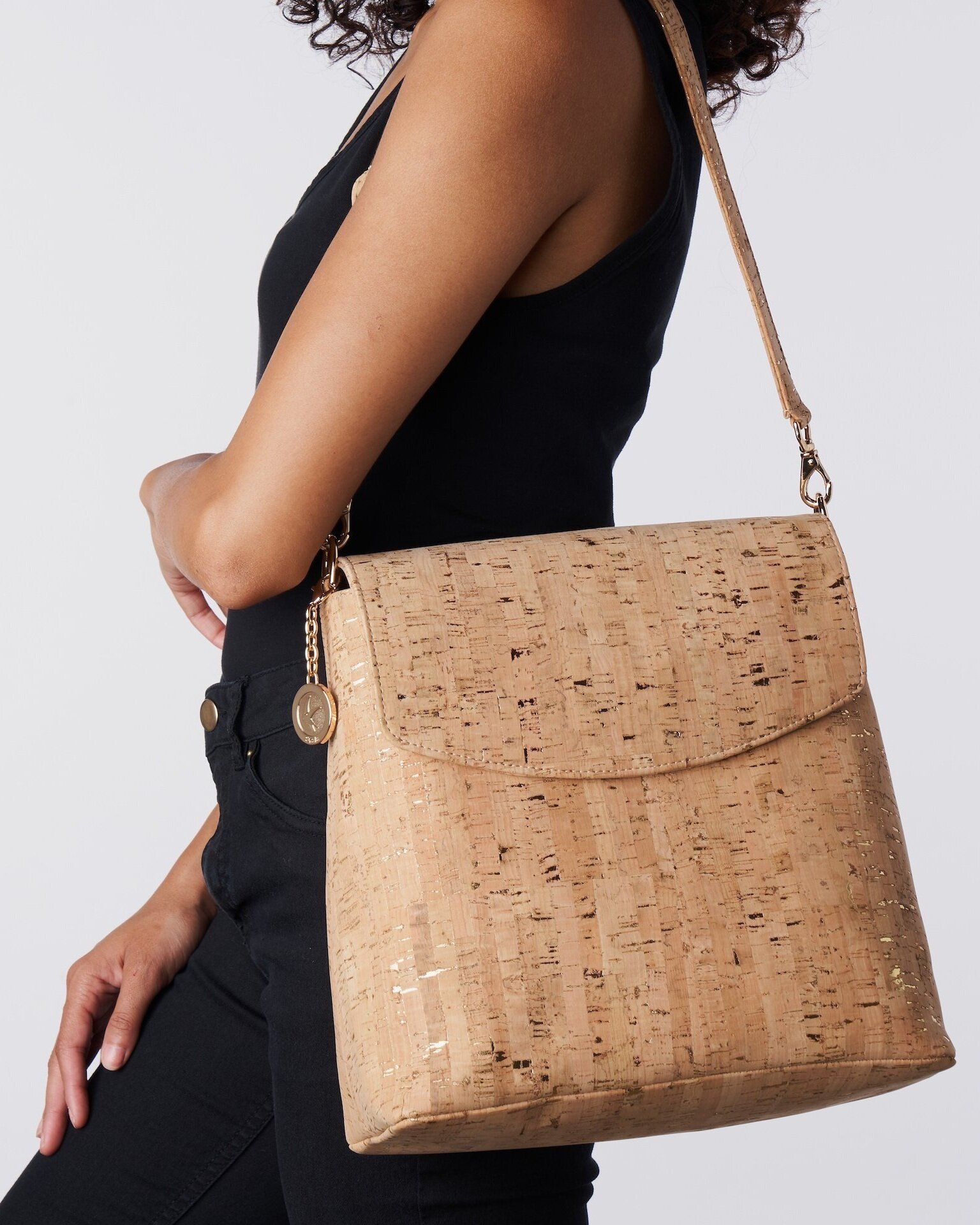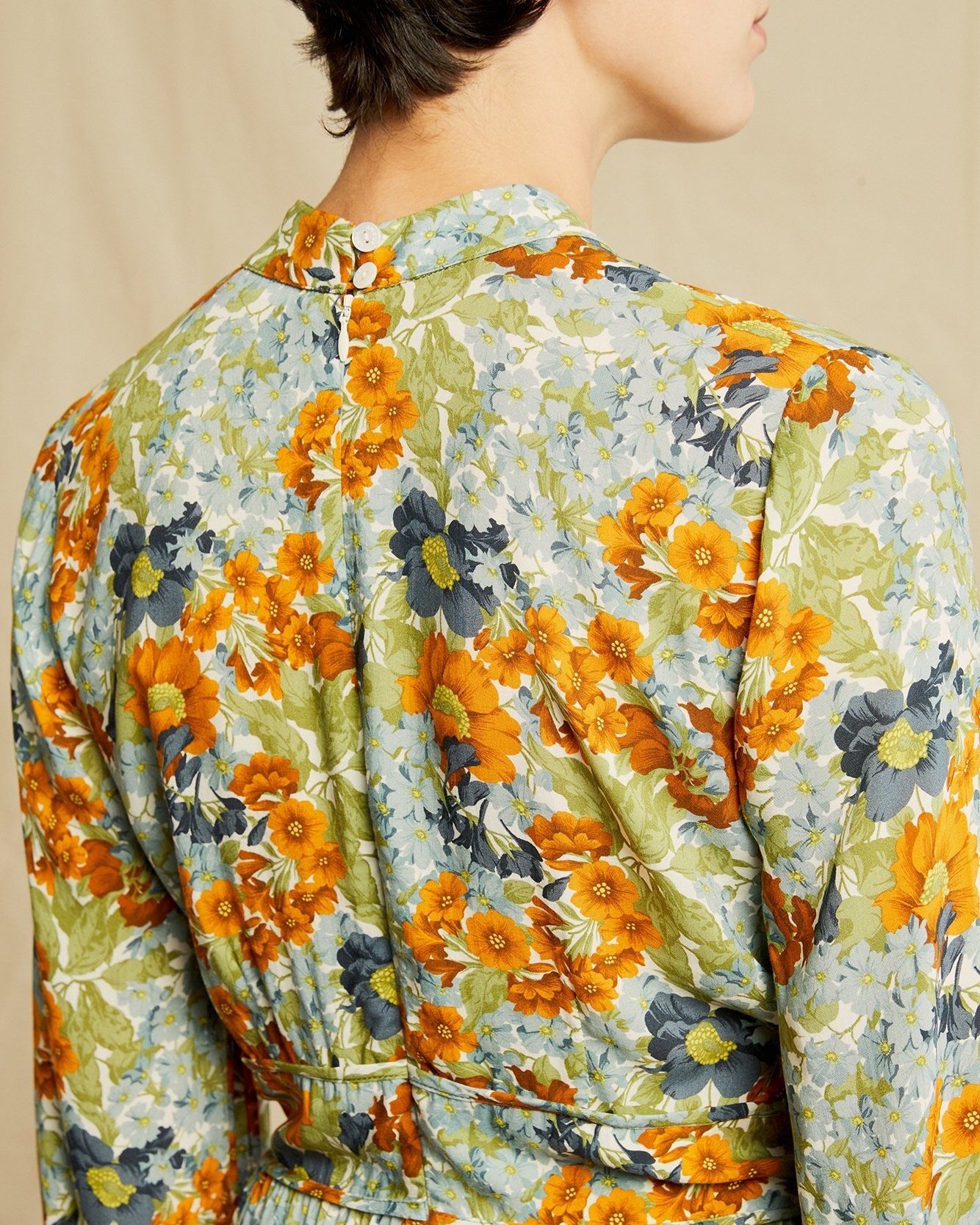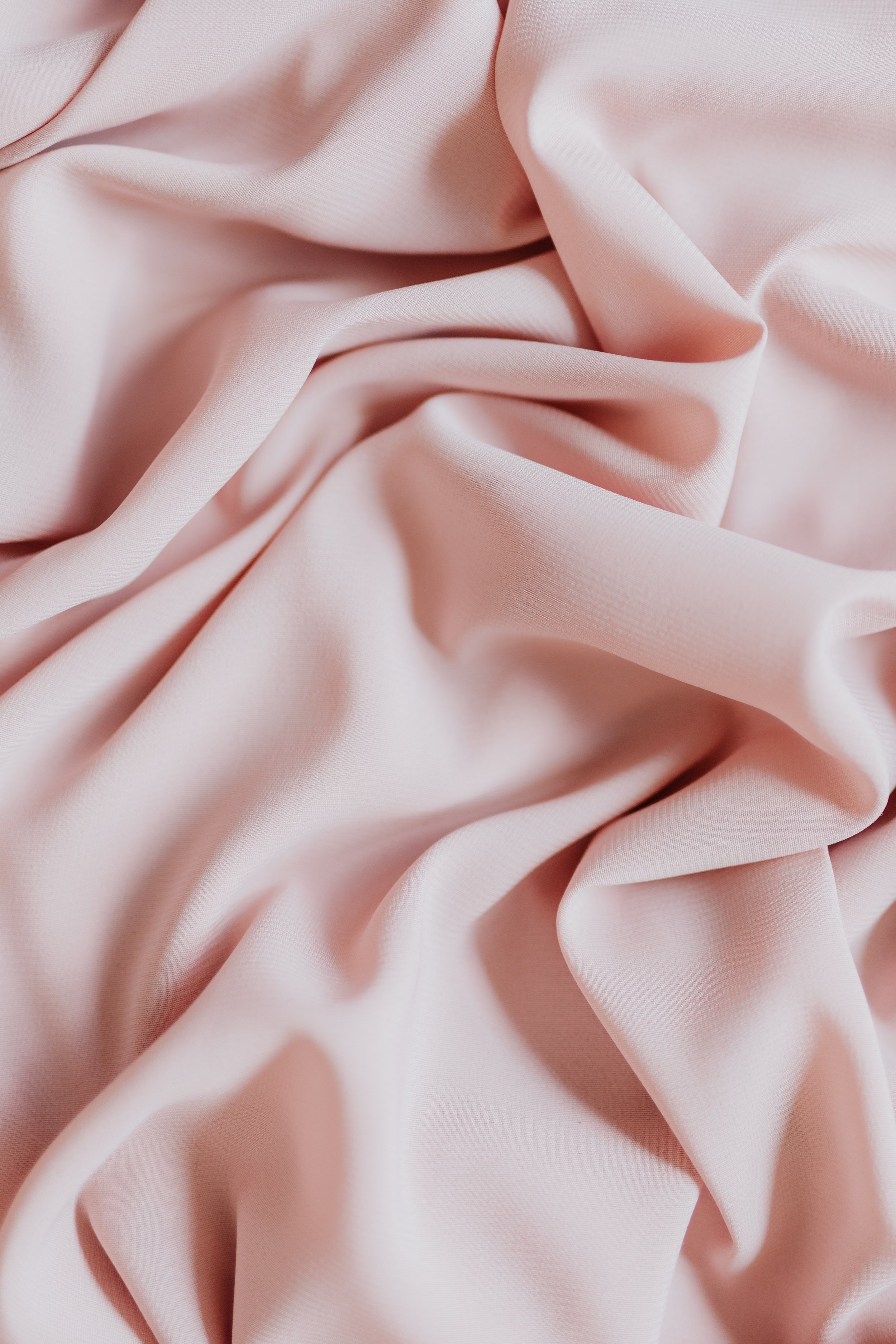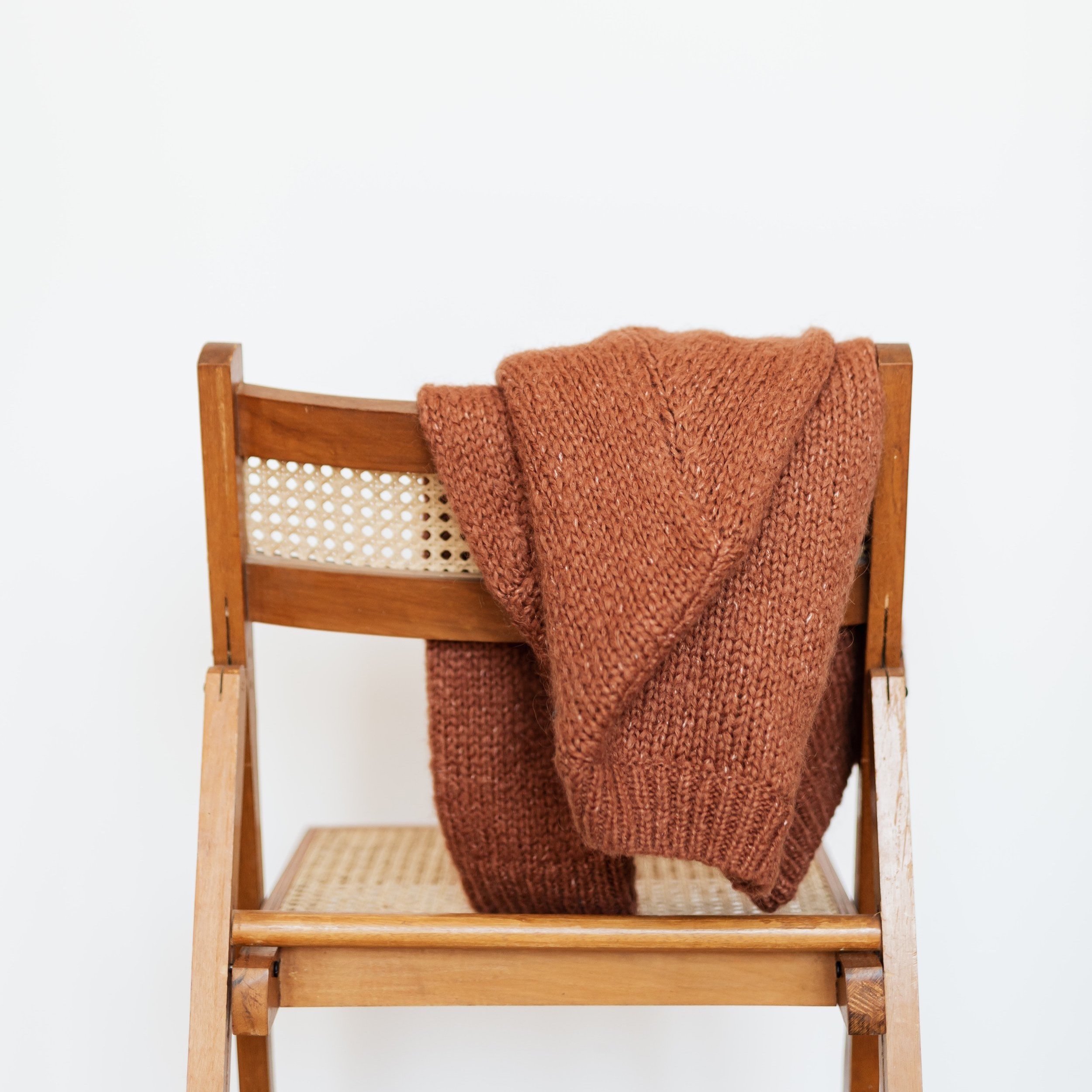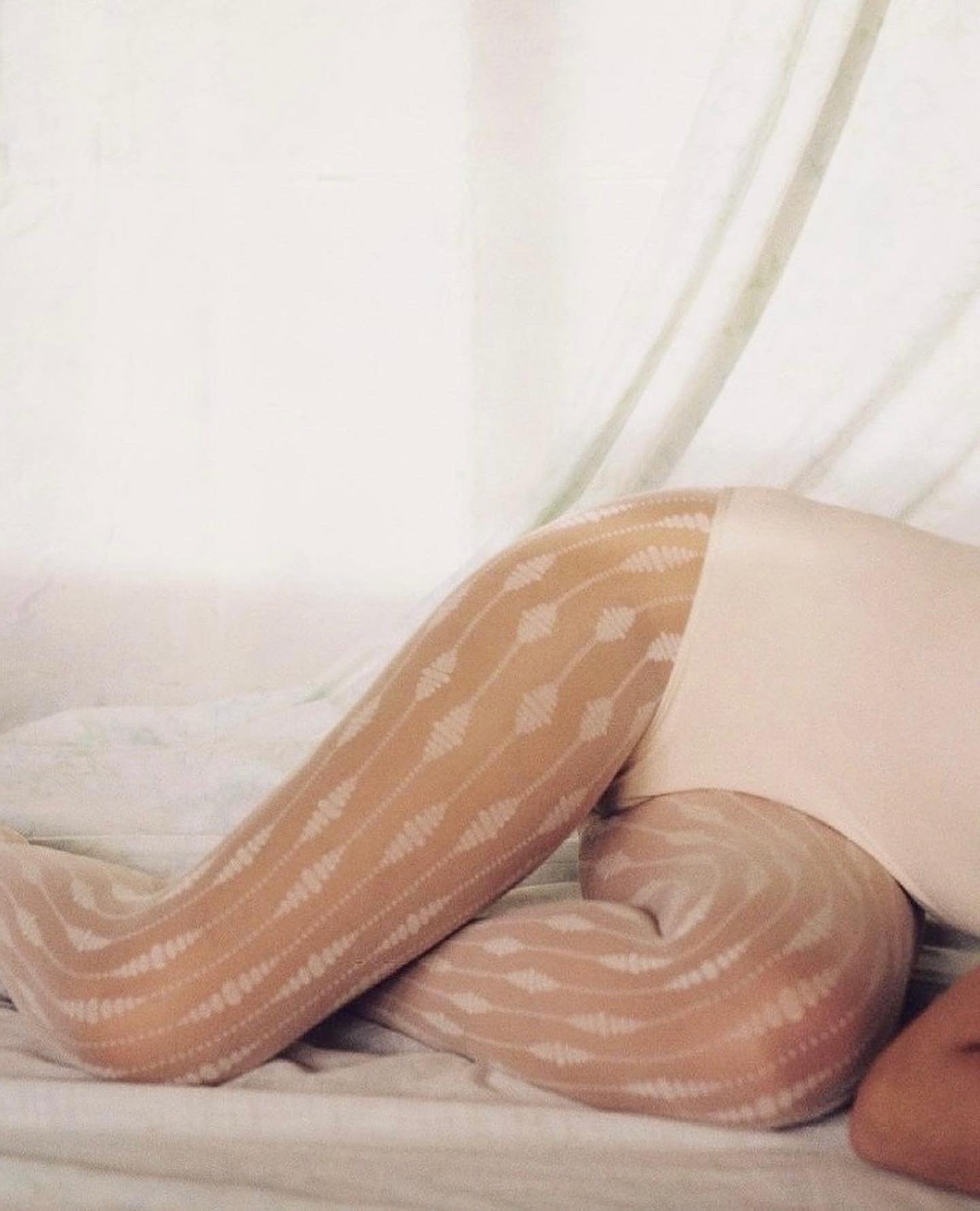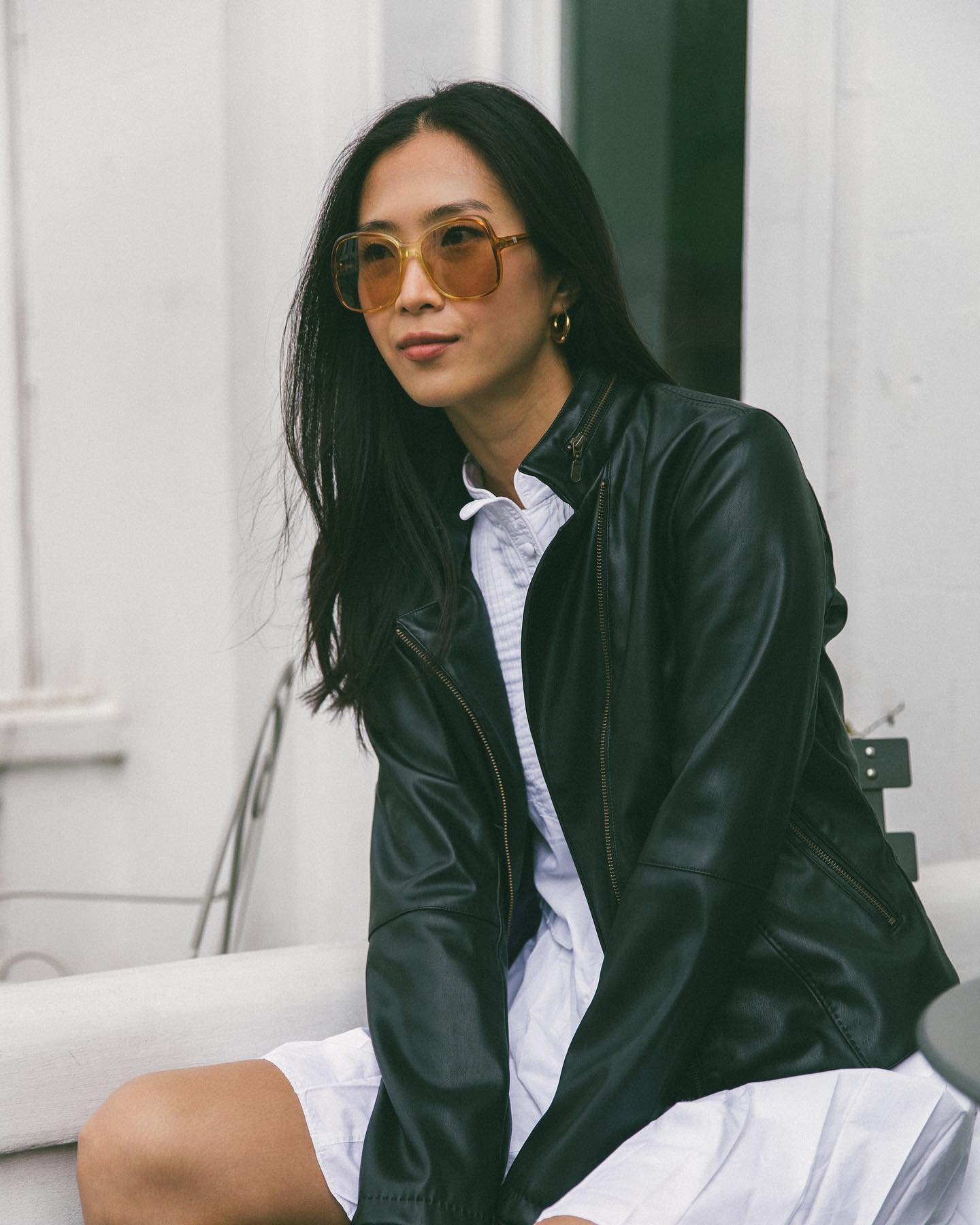Disclosure: Some of the links below are affiliated; we may earn a small commission if you click through and make a purchase. We only ever add brands & products we truly believe in. Thank you for supporting the brands who are working to make the world a better place!
Sustainable & Unique Gift Ideas for Father’s Day
As June 18th approaches, you might be starting to think about what to get your dad for Father's Day. It's the one day a year we get to celebrate the father figures in our lives and acknowledge all the things they do for us. Maybe your dad is making an effort to be more eco-friendly, or you're gently trying to encourage them to make some sustainable changes? Or maybe you're just desperate to avoid getting him yet another tie! Either way, if you're on the lookout for some sustainable gift ideas for Father's Day, we've got you covered.
Our team has searched high and low for gift ideas that will put a smile on your dad's face and let him know just how much you appreciate him. We've checked that each product is made sustainably and ethically, and that the brands are taking tangible steps to reduce their impact on the planet. Keep reading for some major gift inspiration and find that perfect present for your dad this Father's Day!
What makes a sustainable Father's Day gift?
When deciding if a product should be listed in one of our Sustainable Gift Guides, we look for several things. Here are a few questions you can ask yourself while searching for the ideal gift for your dad this Father's Day.
Is it what they want or need?
The first thing you should ask yourself when considering what to buy someone for a gift is "will they actually want this?". Unwanted gifts are a major source of waste, especially around annual holidays like Father's Day or Mother's Day. It's worthwhile starting your research off with a list of things your dad enjoys doing or are things that are relevant to him in some way. You could think about his hobbies, what he likes to do on his days off, things he's mentioned an interest in in the past, or something that you've seen before that could help him in some way.
Will it last?
If you're buying a gift for your dad you'll want it to stand the test of time and be something he can get enjoyment out of for a long time. Avoid cheaply made items or novelty gifts that will likely break or can only be used once. Durability is one of the most important aspects of any sustainable gift and you know your dad will be even more impressed if the gift is well made and built to last.
What is it made of?
Are the materials sustainably grown or sourced? Do they contain any harmful chemicals or toxins? Products that are circular in design (meaning they can be turned into something new at the end of it's lifespan) or upcycled are often the more sustainable option, and for beauty or skincare products refillable products are a great way to reduce waste.
Don't forget to check out our guides on sustainable fabrics to check which materials you should be opting for while shopping.
Who made it?
Have the people who made it been paid fairly? Do they work in safe conditions and have employment rights? These are questions any ethical brand should be able to tell you. Ensuring the gifts you buy are ethically made is an important element of being a conscious consumer, and helps spread awareness of brands that are looking out for their employees and partner factories.
What else is the brand doing for the planet?
Does the brand make sure they're implementing sustainability within its entire business? A truly sustainable brand will be taking action to reduce their carbon footprint, minimize their waste and only use sustainable or recycled materials. Look out for sustainability initiatives, plastic-free packaging, carbon neutral shipping, and certifications such as B-Corp, GOTS, Net-Zero or Climate Neutral certified.
Now, our top picks for sustainable Father's Day gift ideas:
1) Activewear top
Brand: Pangaia
Price: $130
For the outdoorsy dad who’s always planning the next family hike, this zipped long-sleeve top from sustainable B-Corp clothing brand Pangaia is the perfect gift for Father’s Day. Made with a specially formulated Bio-Based Polyamide, it can decompose faster. The Men’s Activewear 2.0 range comes in jade green, jasper red, taupe, or black and is available in sizes XS to XL. Pangaia’s packaging is compostable and they give back through their partnerships with grassroot conservation organizations.
2) Sustainable Sunglasses
Brand: MITA
Price: $149
Keep your dad looking chic with these eco-friendly frames from Mita.
They have a wide range of styles, but we love the timeless Roma style, and you can choose either frame-only or add your own lens prescription. Mita sunglasses are made from recycled water bottles and sustainable sun lenses.
2% of their profits go to philanthropic charities, and you can even choose which one to send the donation to!
3) Organic Single Malt Scotch Whisky
Brand: Nc’nean
Price: $52
Presented in 100% recycled glass bottles, Nc’nean’s organic single malt would make the perfect Father’s Day gift for the whisky connoisseur. To reduce its impact in terms of carbon footprint, pollution and biodiversity, the B-Corp Nc’nean distillery is powered by renewable energy, uses 100% organically-farmed barley and recycles 99.97% of its waste.
Now that’s something worth raising a glass to!
4) Non-Toxic Fragrance & Colognes
From: Credo Beauty
Price: $29-165
The main issue with conventional perfumes is that the perfume industry is incredibly opaque, and we rarely know what they are formulated with. Luckily, there are sites like Credo Beauty that make sure their fragrances are made with eco-friendly, sustainable ingredients that are not harmful to you or the planet.
They have popular brands such as Dedcool, Abott & Rosie Jane.
5) Eco-Friendly Watch
Brand: Mondaine
Price: $220-845
How about a new watch for your dad who would never treat himself to one!
The Original Automatic from Mondaine is a classic style with Swiss quality, originally designed in 1986.
The watch features a vegan grape leather strap which is made of 75% eco-friendly plant-based composite material and 25% recycled PET. They have a 2-year warranty and offer a repair service with service centers across the world.
6) Planet-Friendly Cookbook
Brand: Better World Books
Price: $29
Got a father who needs a bit of help in the kitchen? Why not treat him to a cookbook that sparks his culinary creativity whilst putting the planet first! “One: Pot, Pan, Planet: A Greener Way to Cook for You, Your Family and the Planet” by Anna Jones has over 200 simple recipes including one-pot soups and stews, baked dahls and pancakes. The book can also help you plan your meals and food shops, and reduce waste. Plus you’ll benefit from more home cooked meals - a win for you, your dad and the planet!
7) Sustainable Pajama Pants
Brand: Coyuchi
Price: $78
Comfy and cooling pajama pants would make a fantastic gift for Father’s Day, especially as he probably hasn’t treated himself to new ones since before you were born! Made with GOTS certified organic cotton, these crinkled pants by Coyuchi feature an elasticated drawstring waistband and side seam pockets. Coyuchi is a women-owned company and only works with fair trade manufacturers. They also have a range of other nightwear products including short sleeve tees and joggers.
8) Simple Skin Care Set
Brand: Plaine Products
Price: $45
Is your dad finally ready to be introduced to skincare? Start him off easy with this simple skin care set from Plaine Products. The kit includes face wash, toner, and moisturizer and comes in citrus, green tea and unscented fragrances. The products are plastic-free and are refillable, so your dad can keep using them again and again without the waste. Plaine Products are vegan, cruelty-free, non-GMO, palm oil and sulfate-free, and biodegradable - absolutely no nasties here!
9) Vegan Sneakers
Brand: Hylo
Price: $135
Move over New Balances; these lab-certified vegan sneakers are made from renewable materials like corn and algae. They are perfect for dads who love to run and spend a lot of time on their feet. The packaging is made of FSC-recycled cardboard (no plastic), and when you are finished with your shoes, you can send them back to Hylo for recycling.
10) Vegan Beard Care Kit
Brand: Zeus
Price: $68
For the father figure in your life with a beard that needs some TLC, why not get him some eco-friendly products? The Zeus beard care kit features beard shampoo and conditioner, beard oil, and a beard brush and comes in a black metal tin. The products are vegan, cruelty-free, and paraben and sulfate-free. The beard brush handle is made with walnut wood, and the bristles are cut from undyed Tampico fibers. Perfect for beards of all shapes, sizes, & textures!
About the Author
Sarah King is a freelance writer with a focus on vegan fashion, sustainability and ethically made clothes. She campaigns for change in the fashion industry through her blog and on her Instagram page.
MAKE SURE TO PIN THE PHOTO BELOW TO SAVE THIS POST FOR LATER!
WANT MORE SUSTAINABLE BRANDS? VISIT OUR BRAND DIRECTORY!
Our Brand Directory is home to hundreds of sustainable brands, from makeup to cleaning supplies, from underwear to shoes. We have broken everything down by category for easy shopping, along with discount codes unique to Sustainably Chic viewers.





